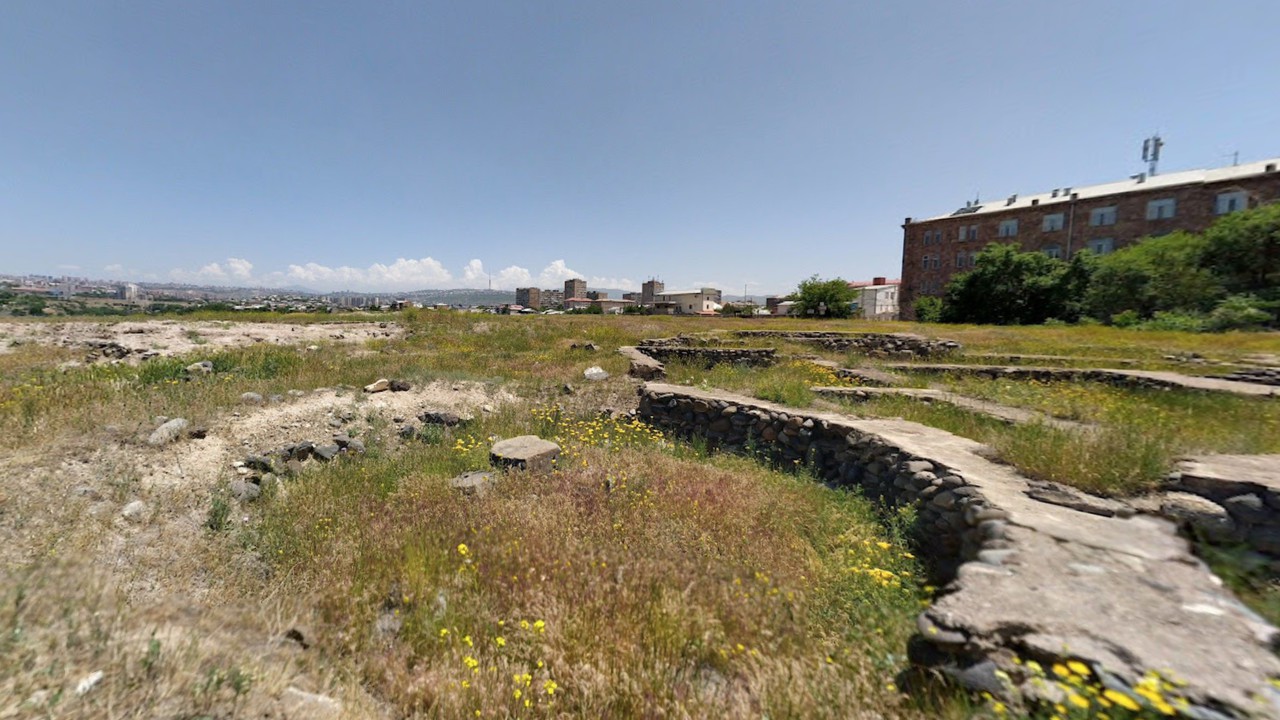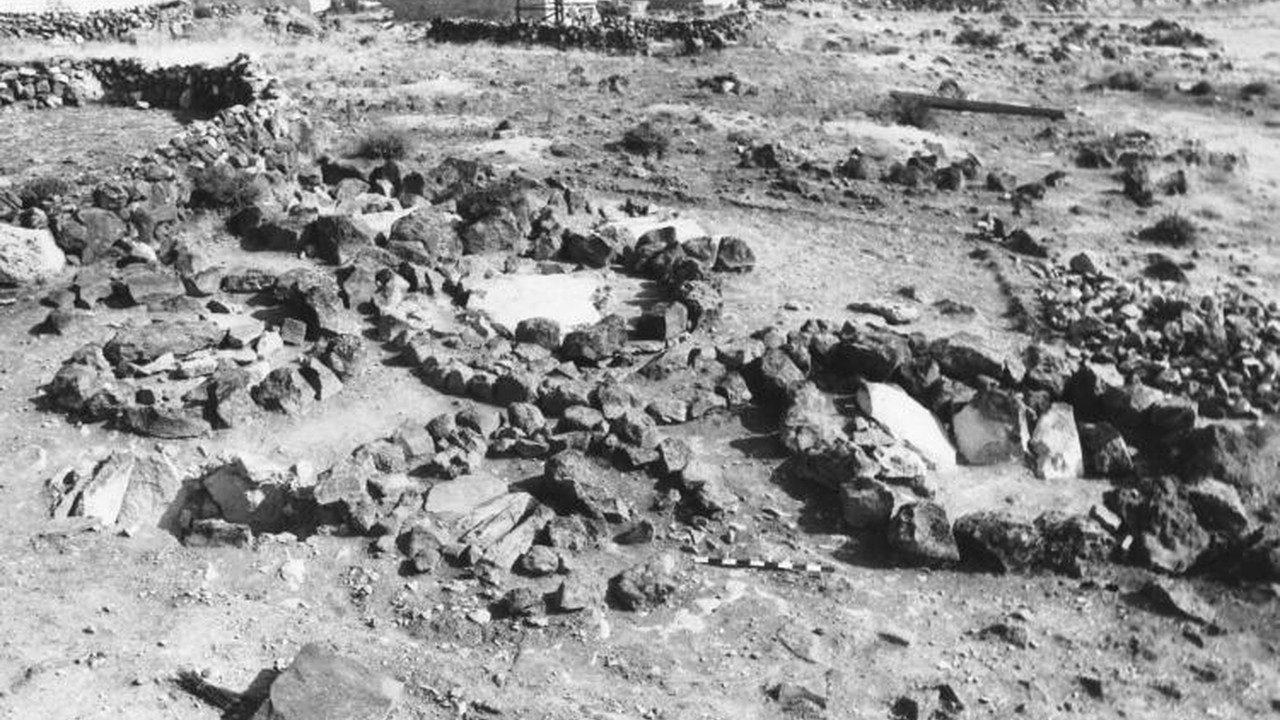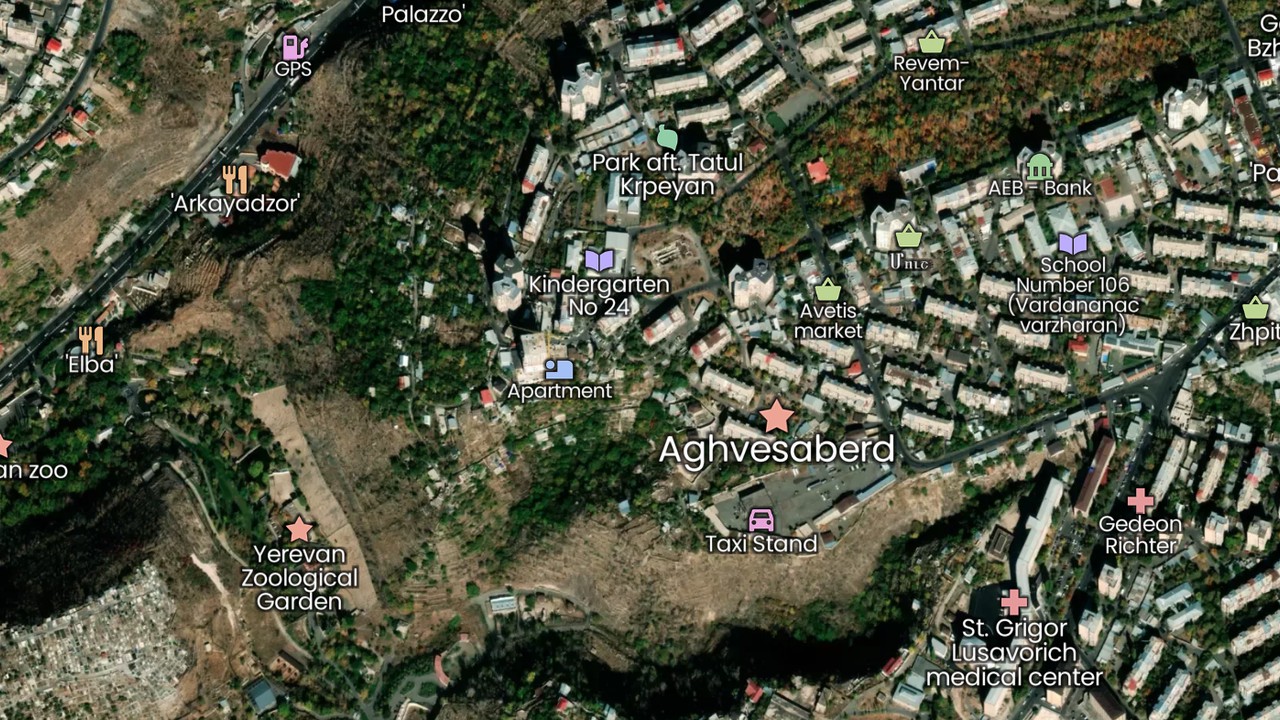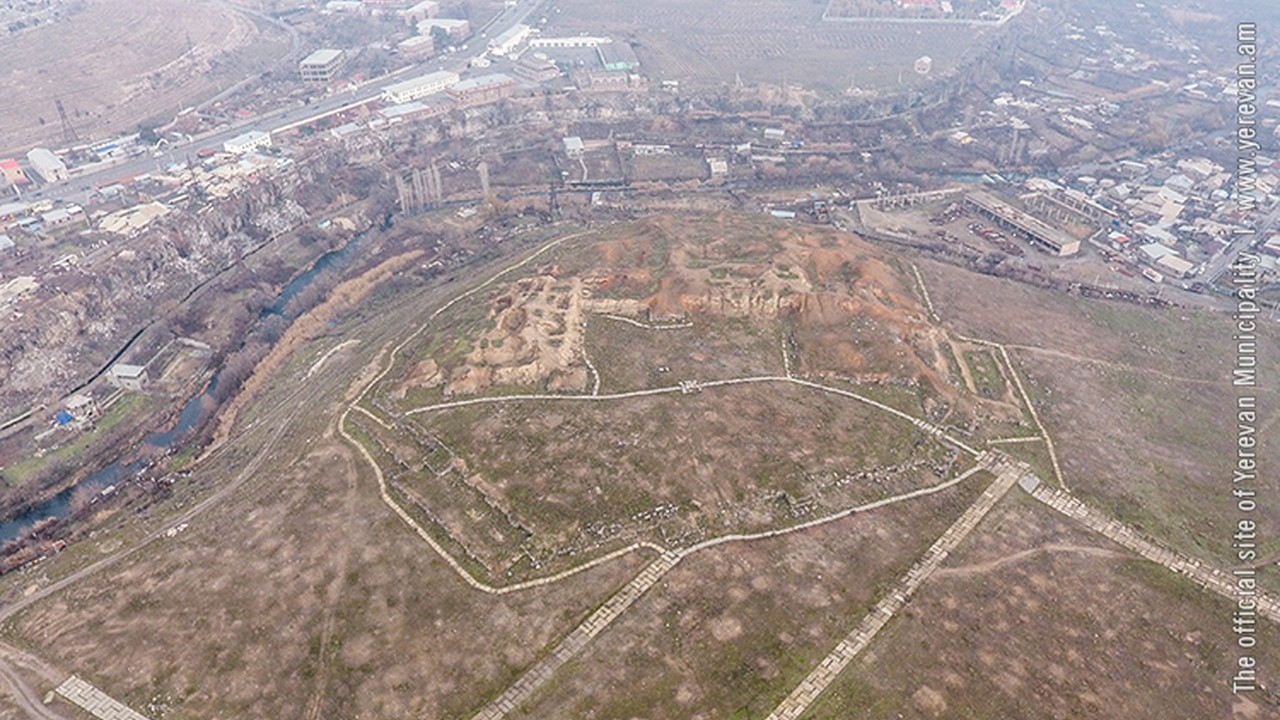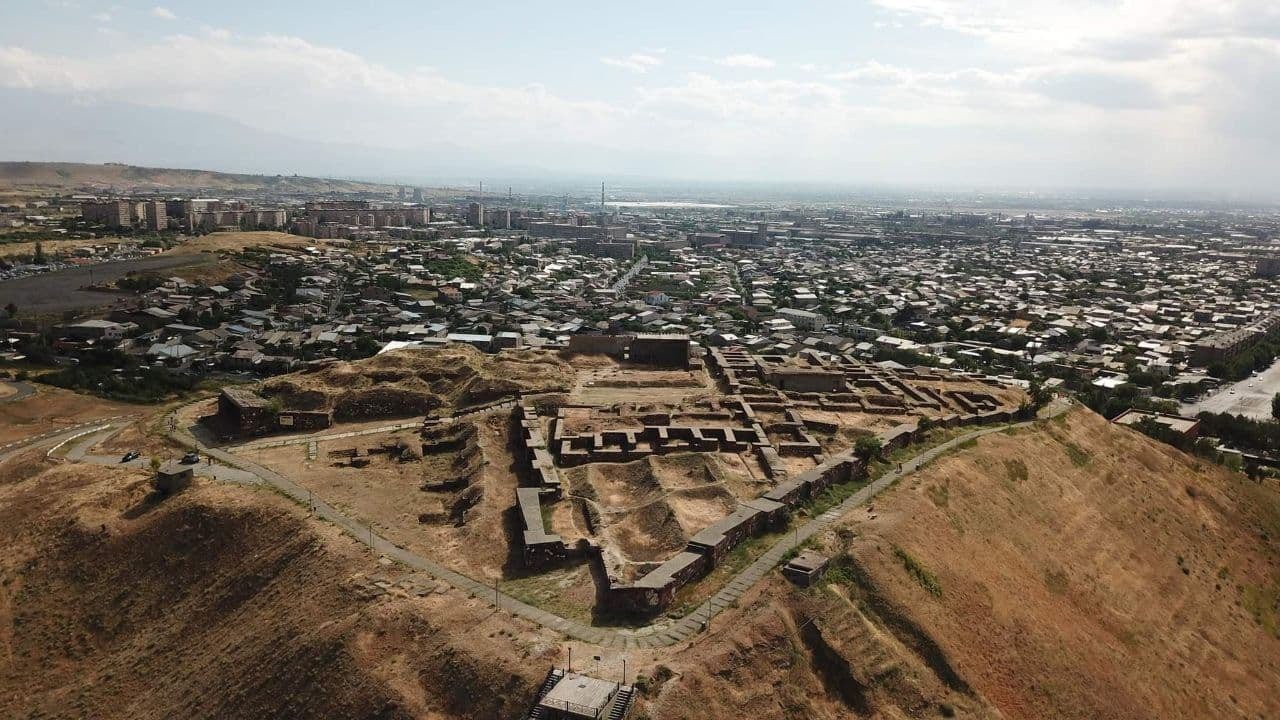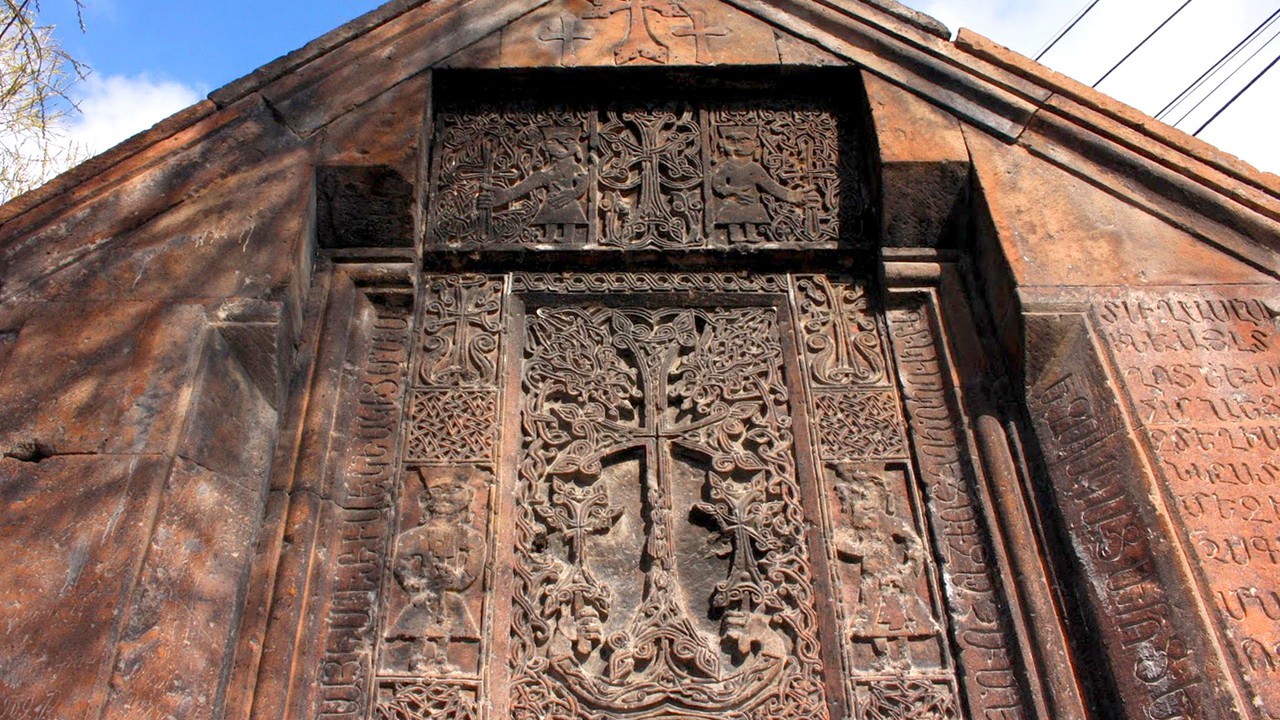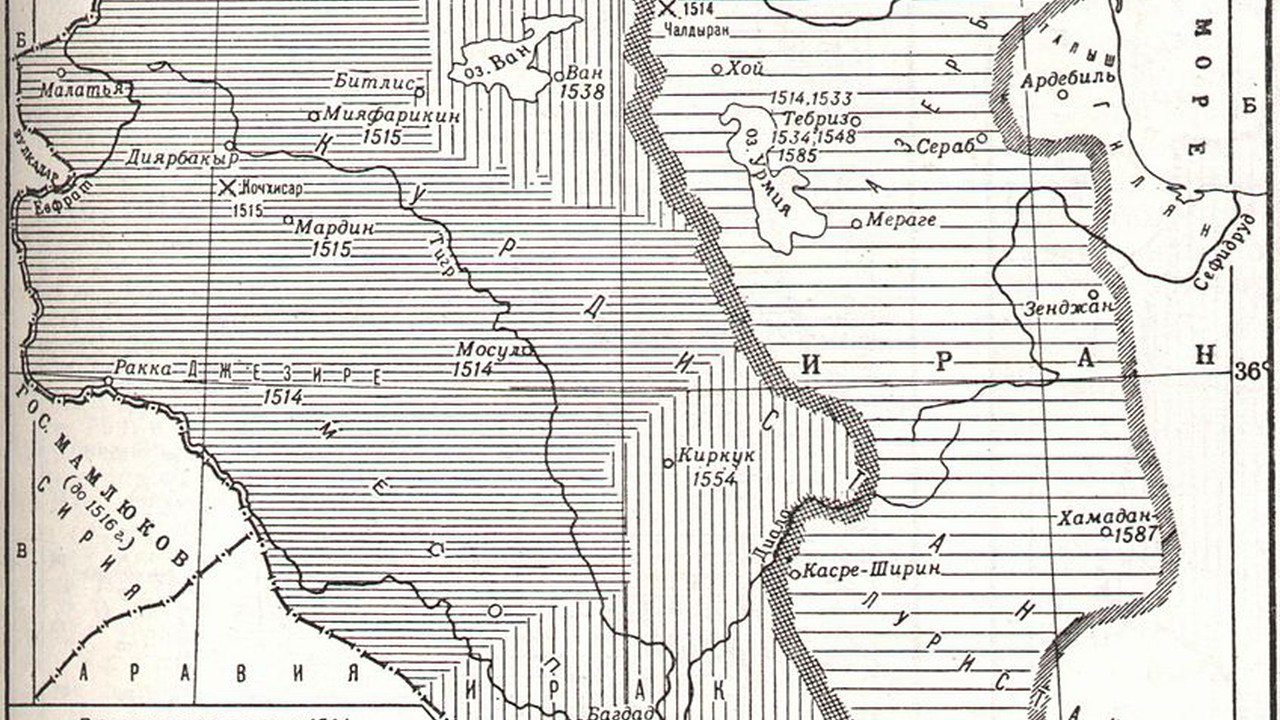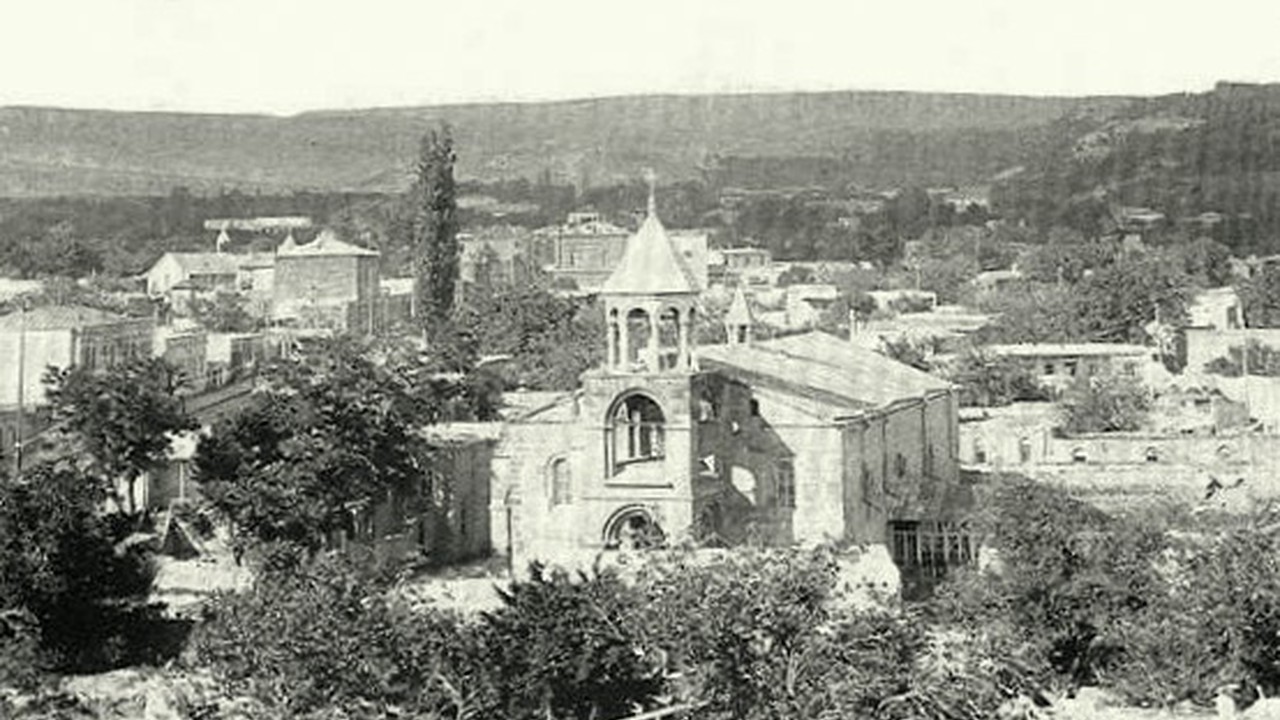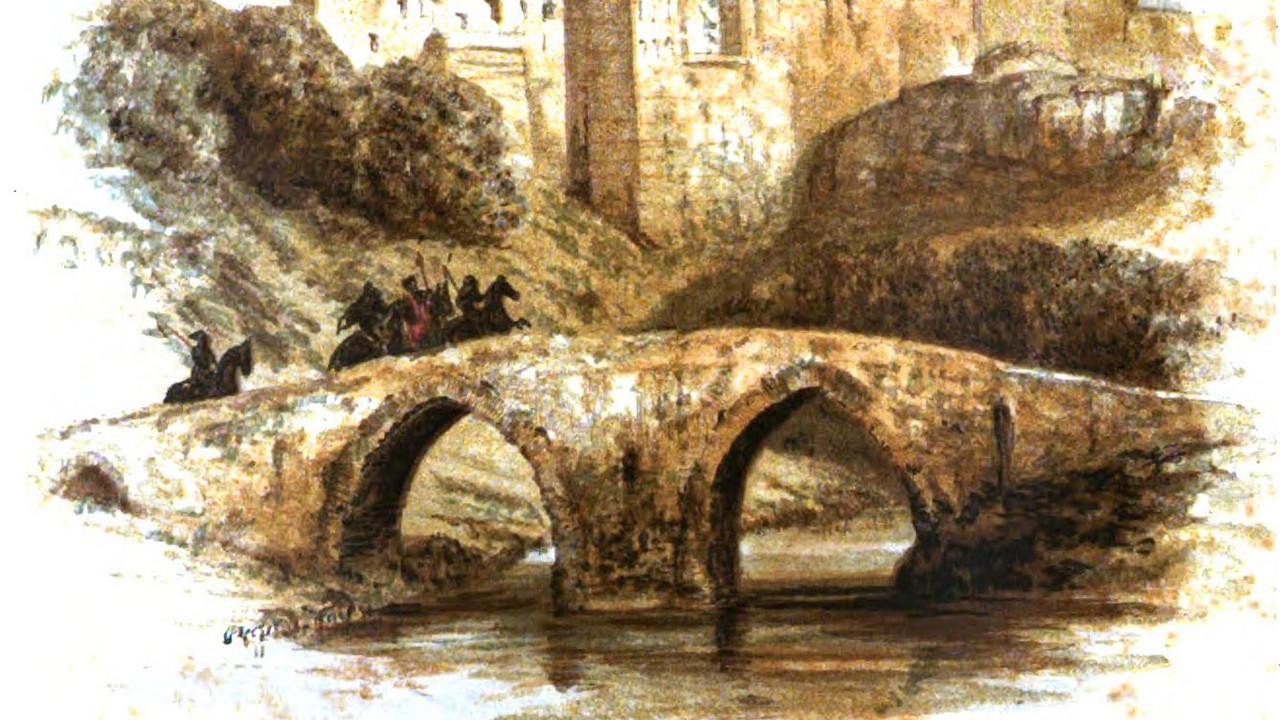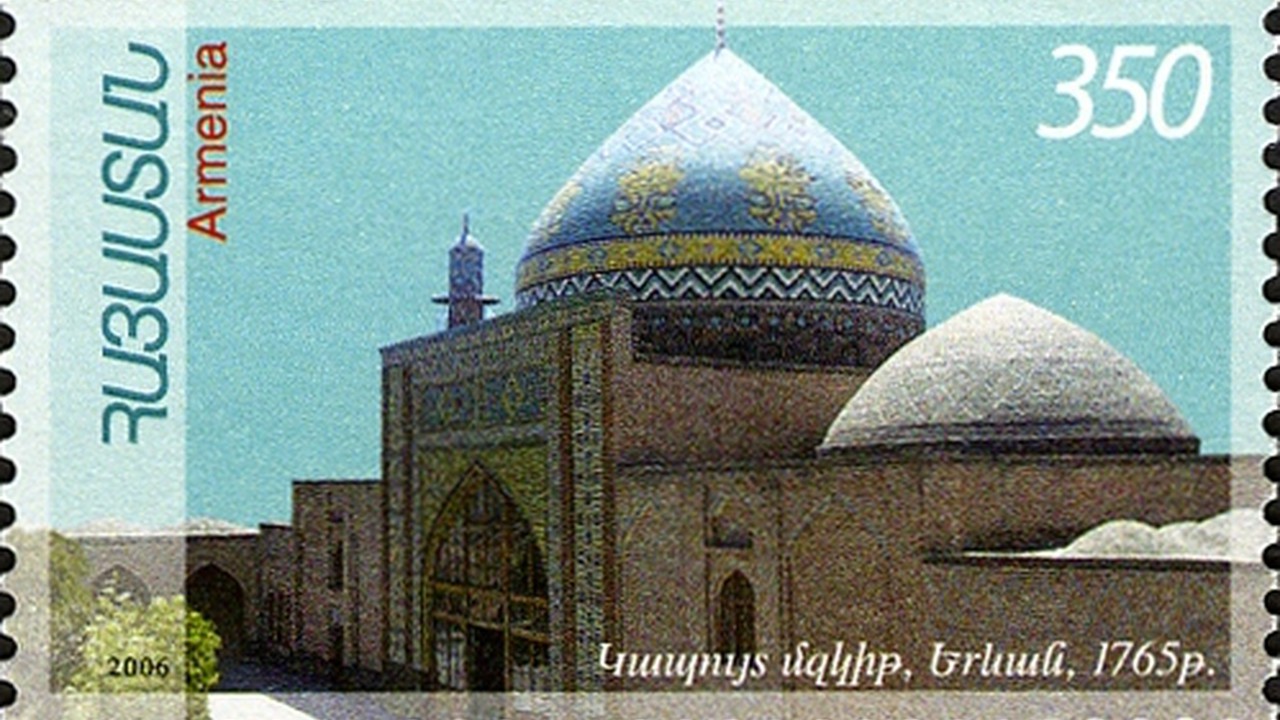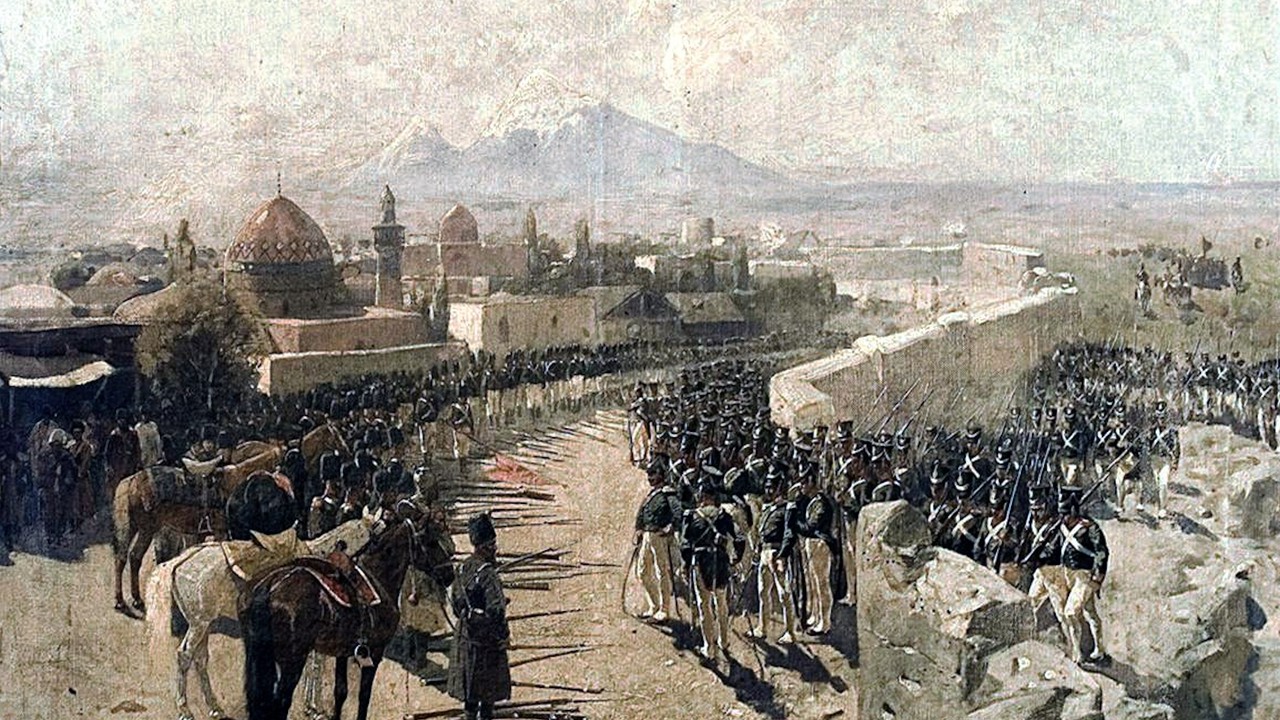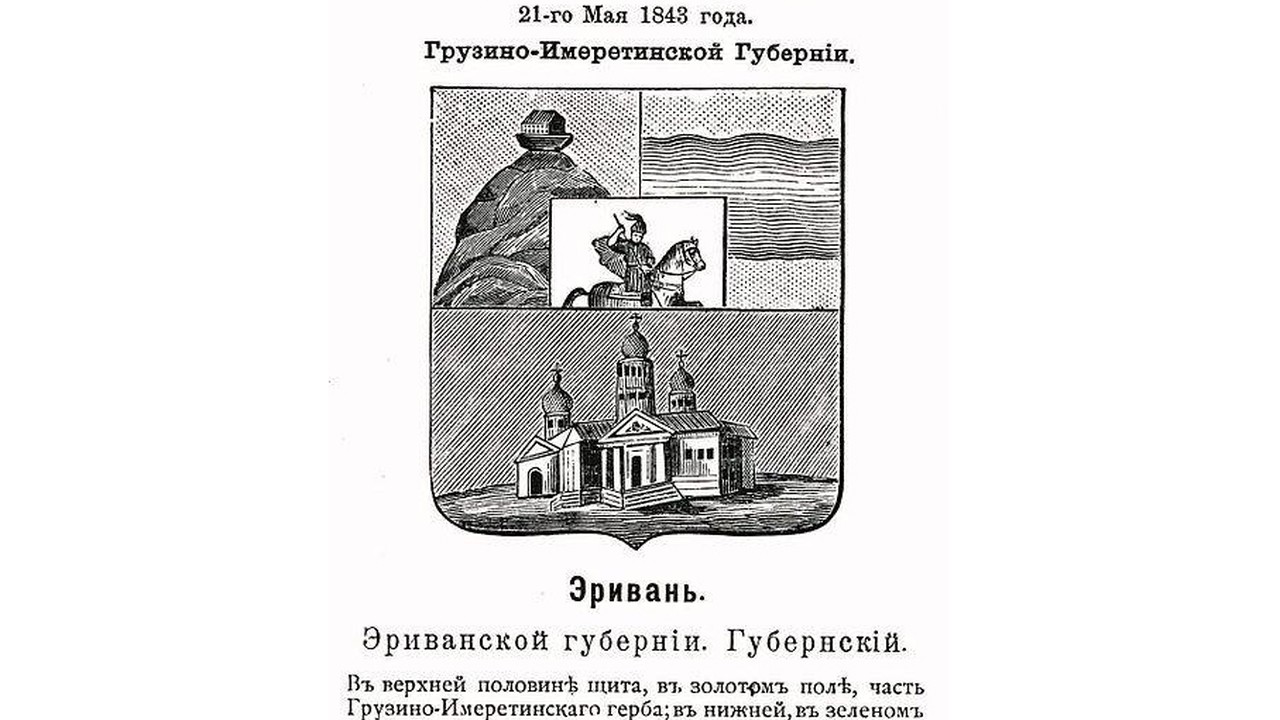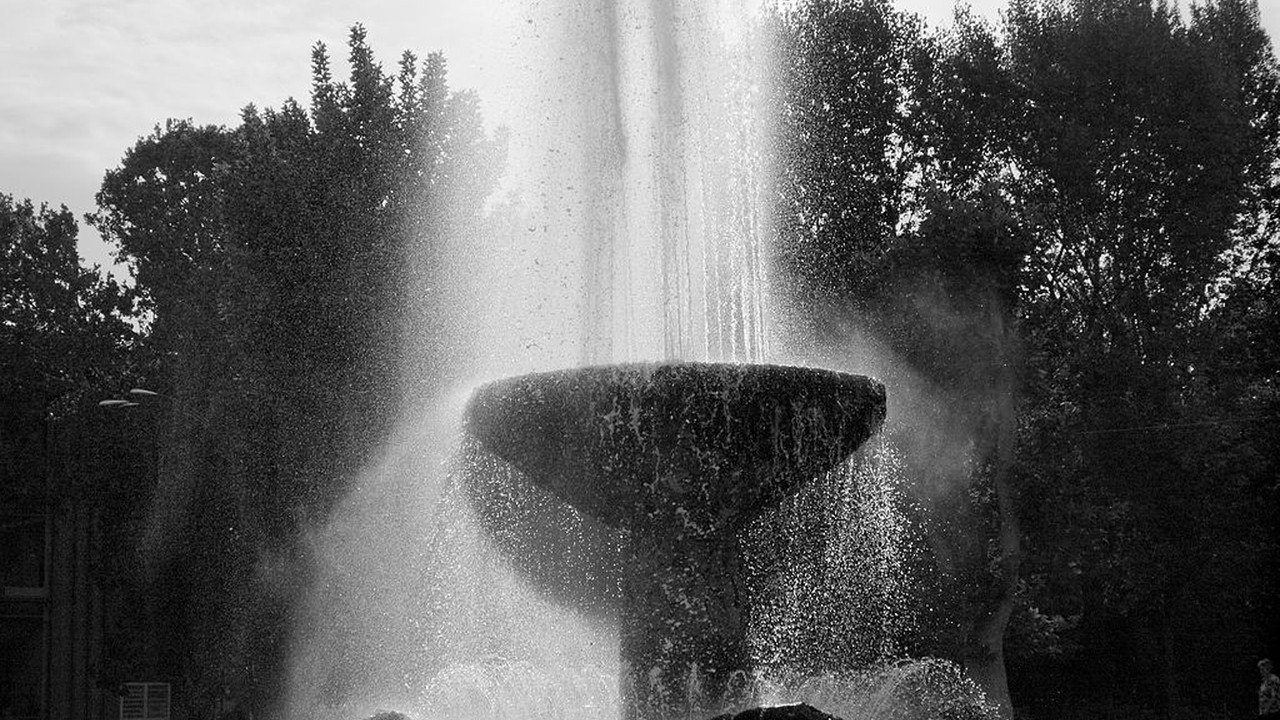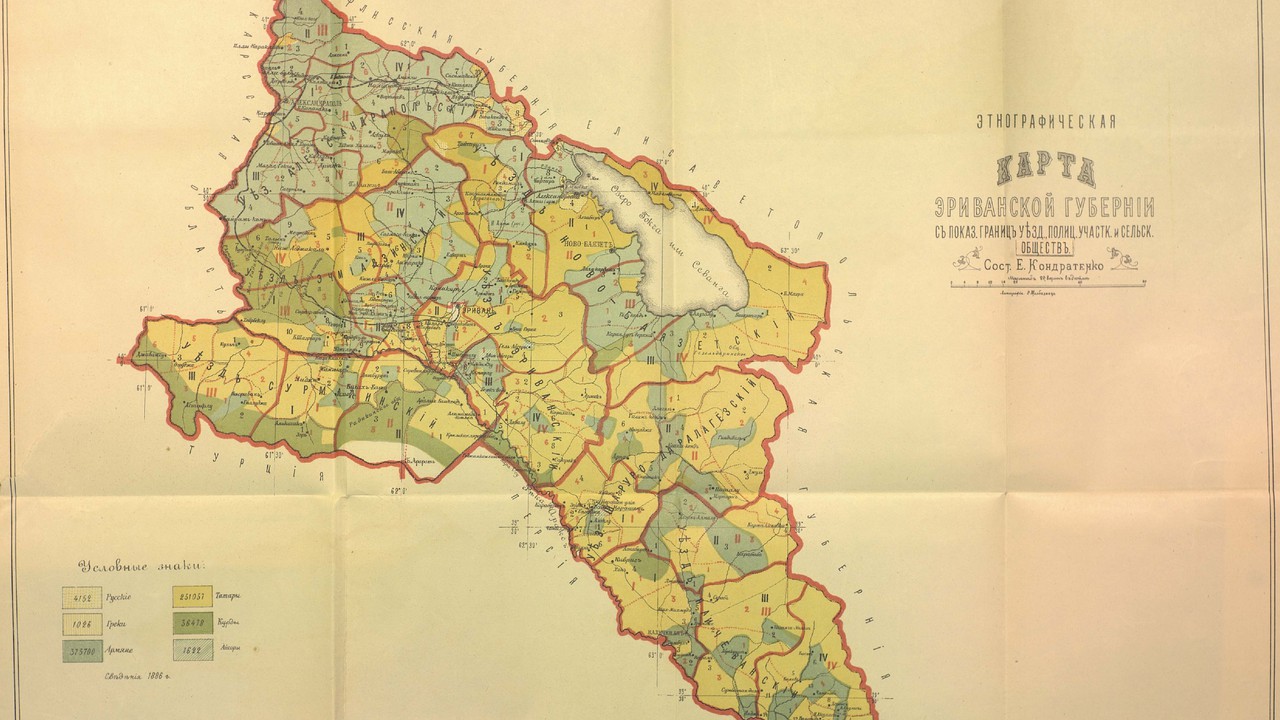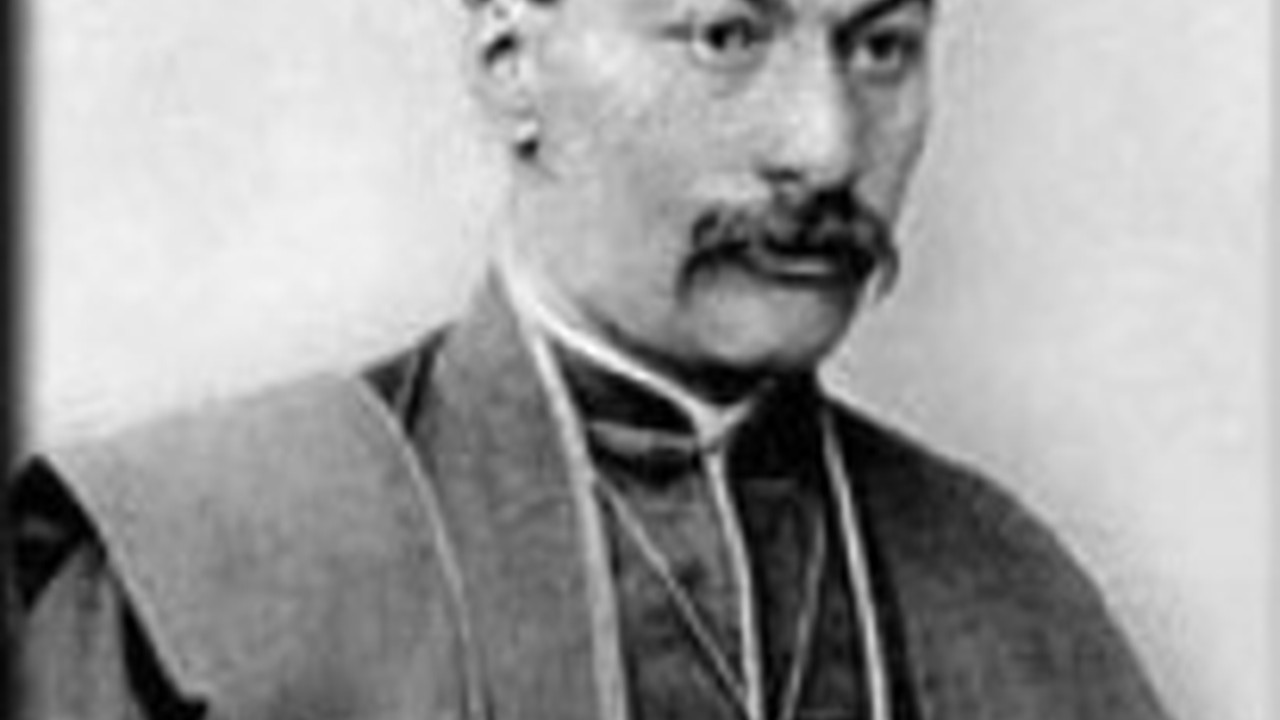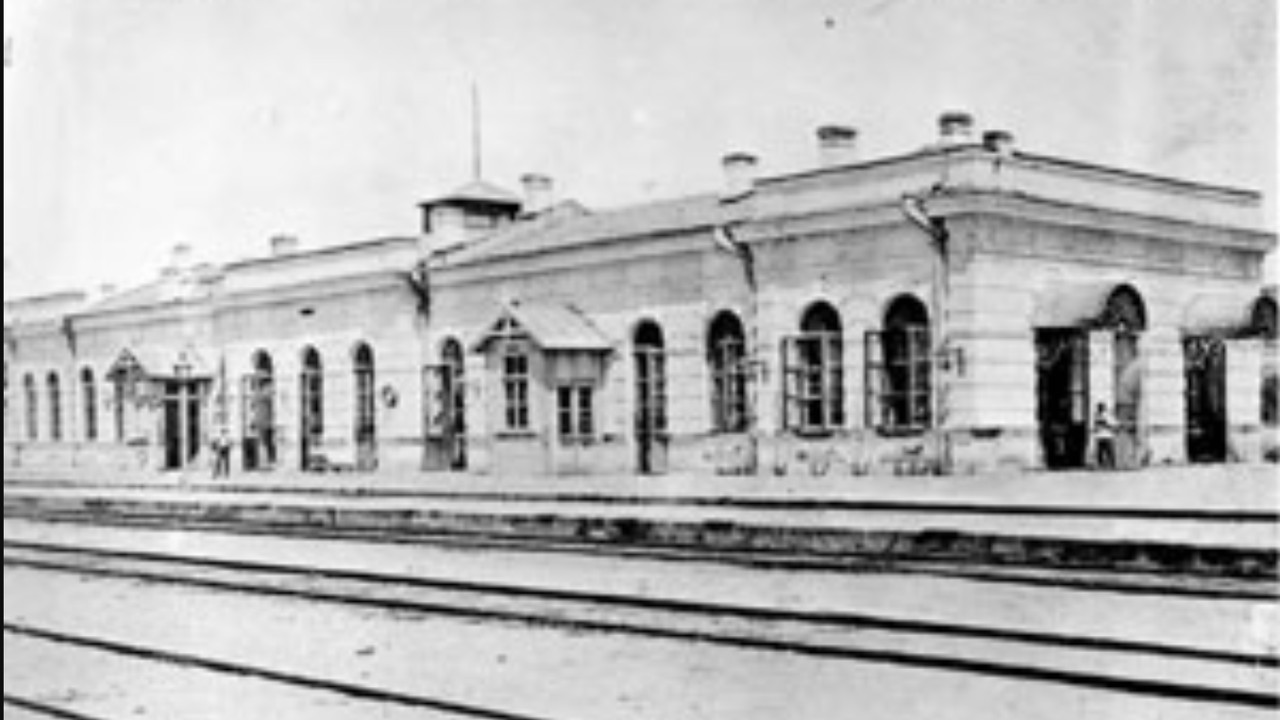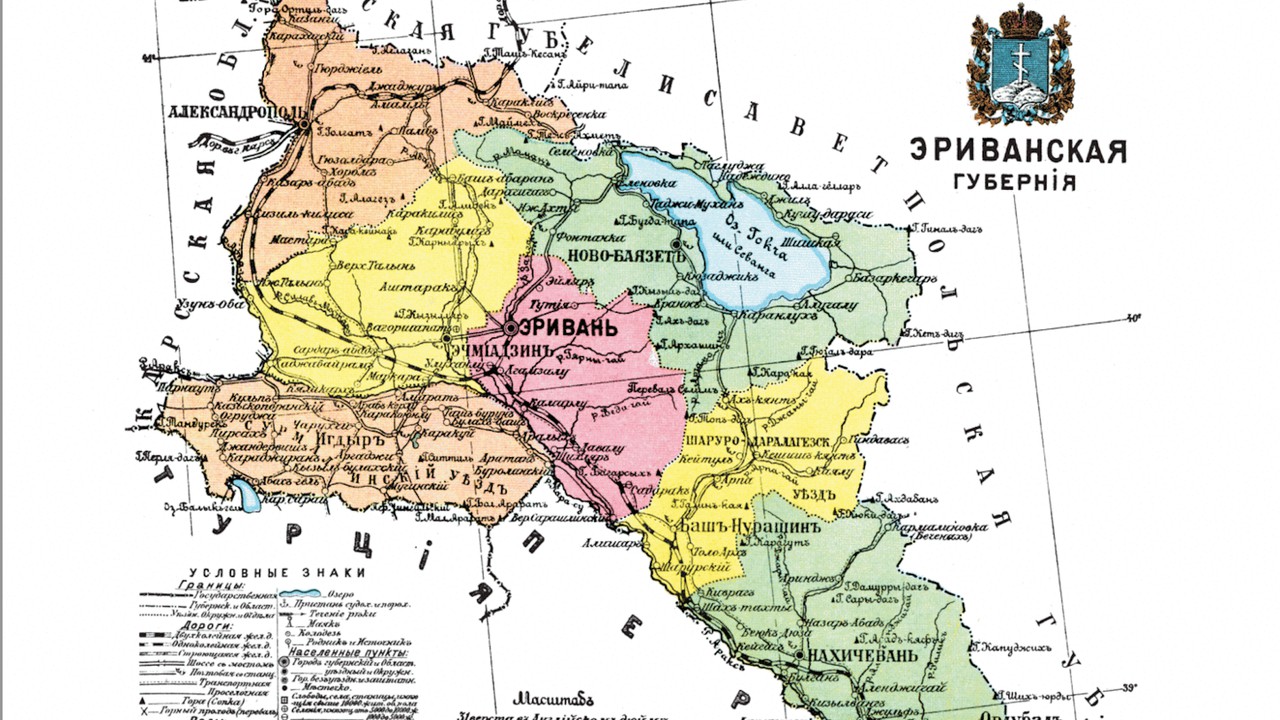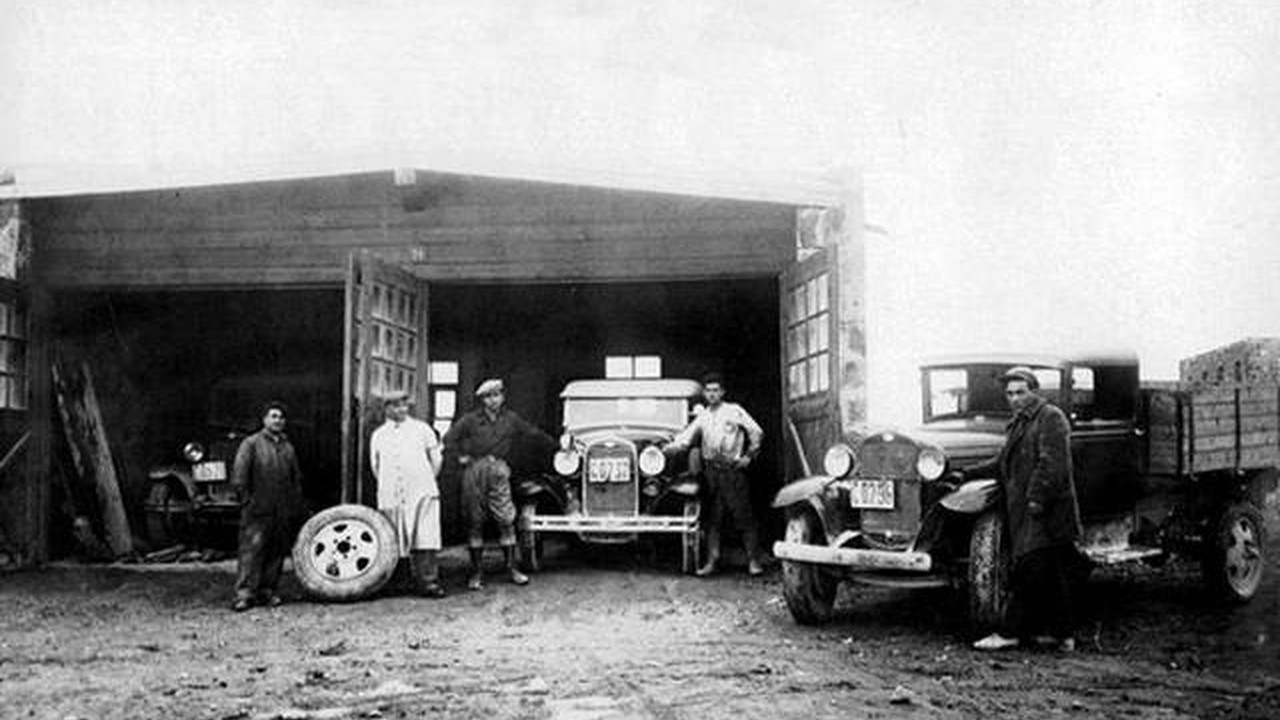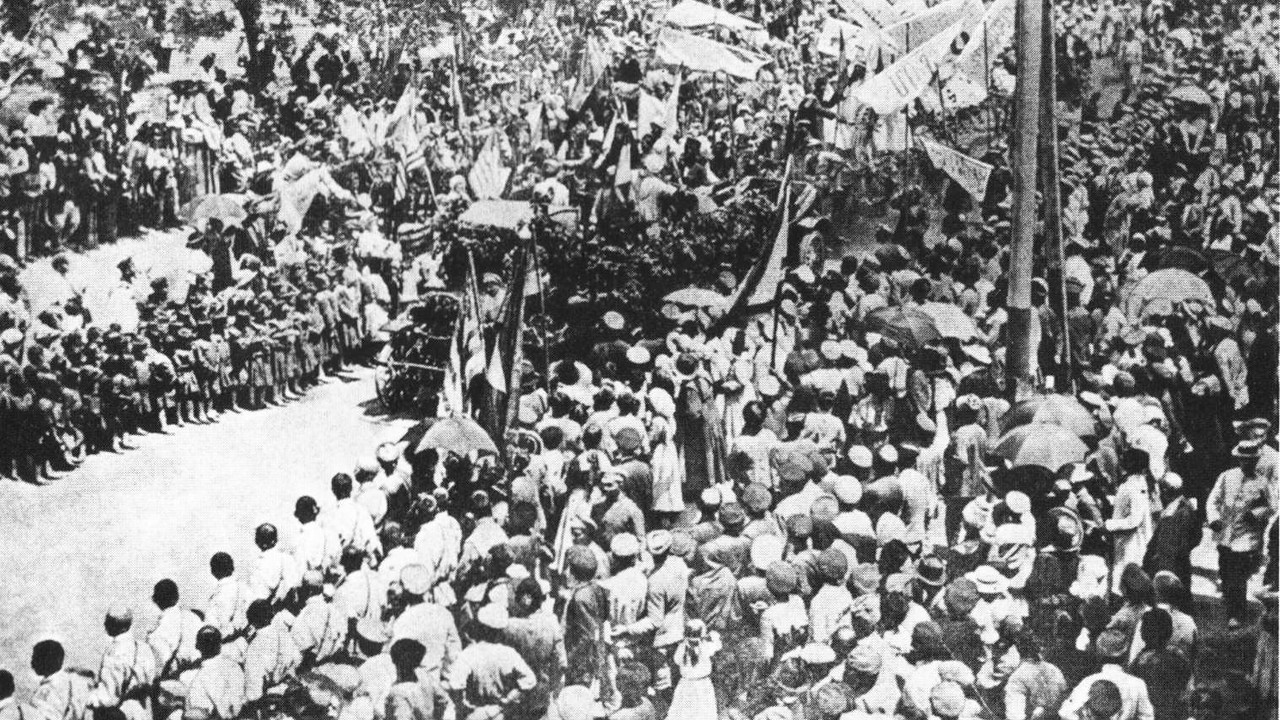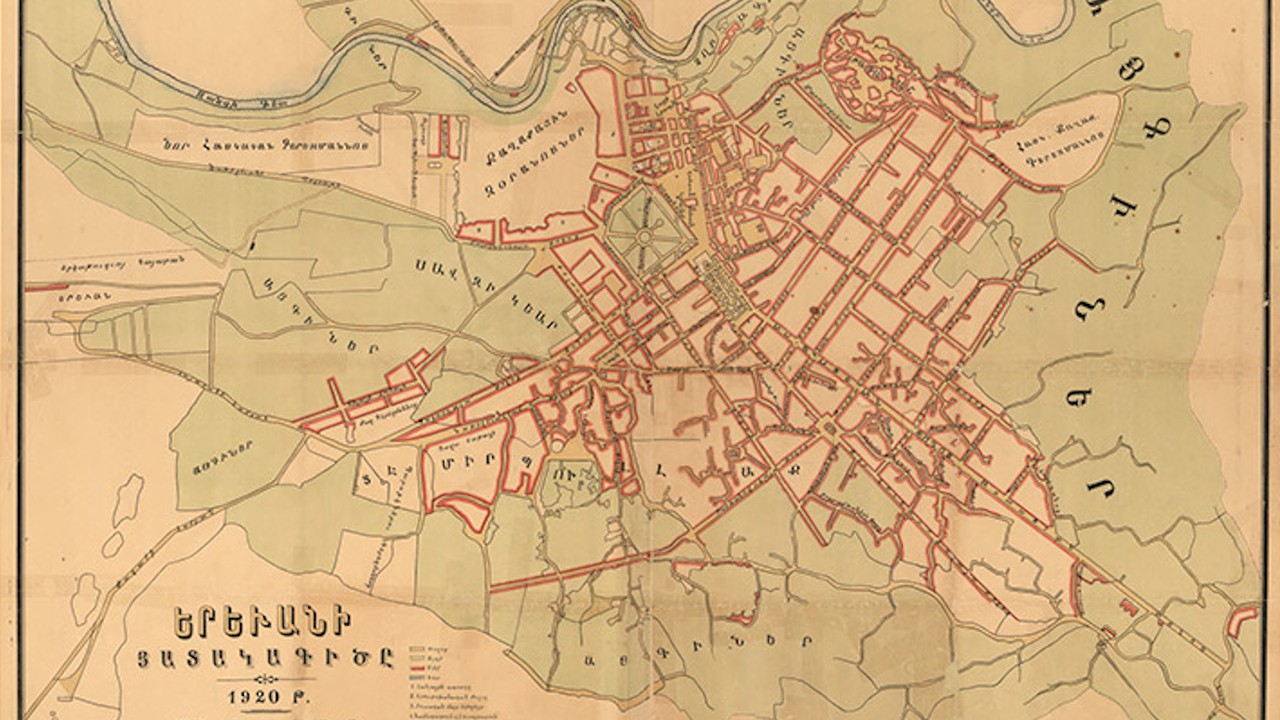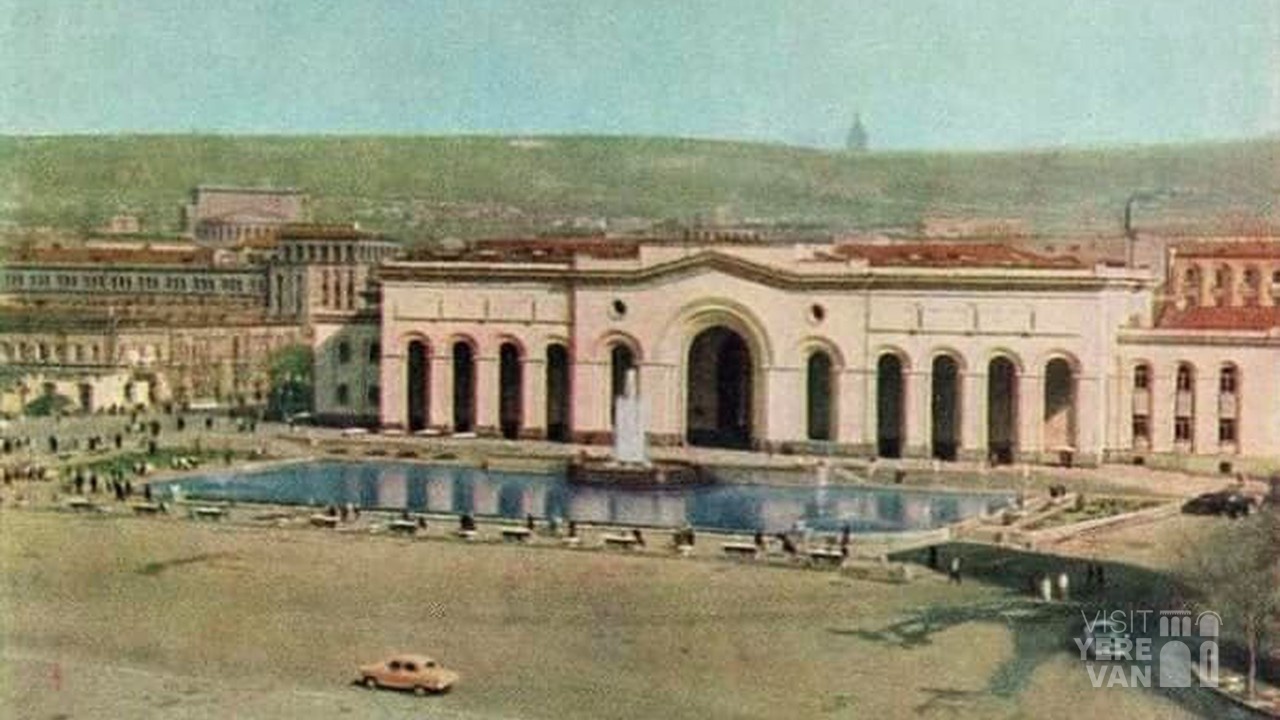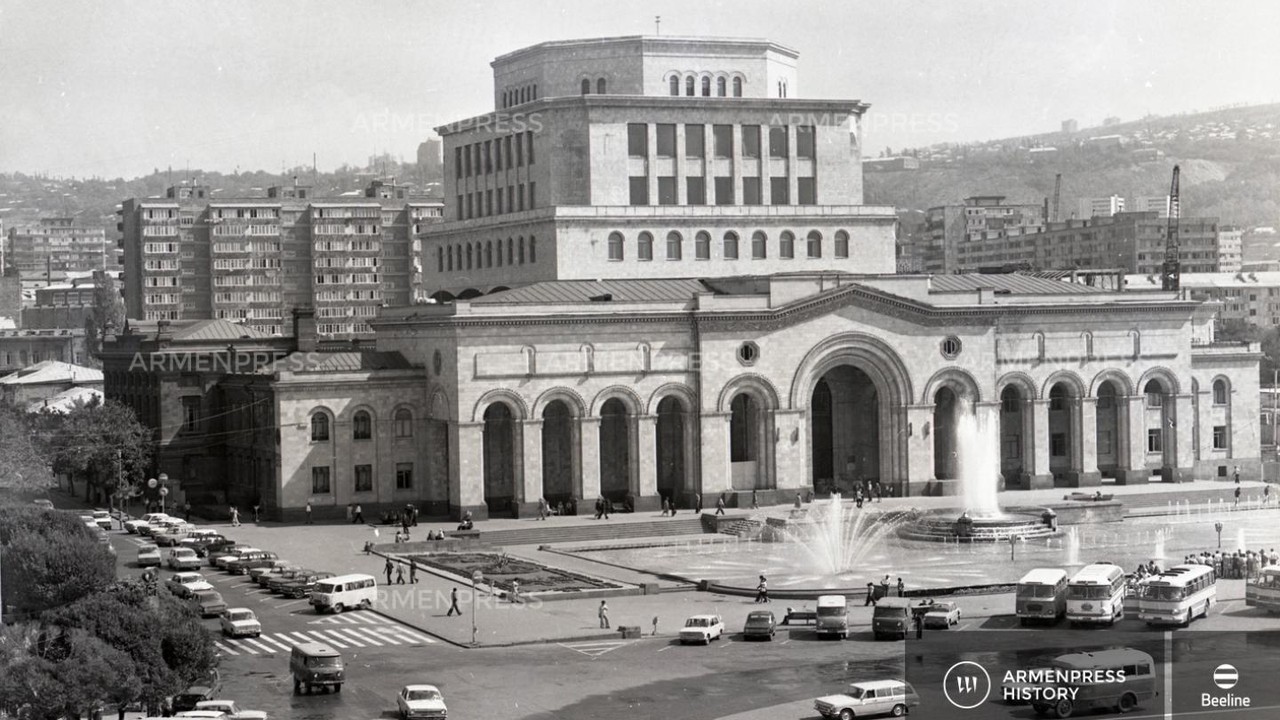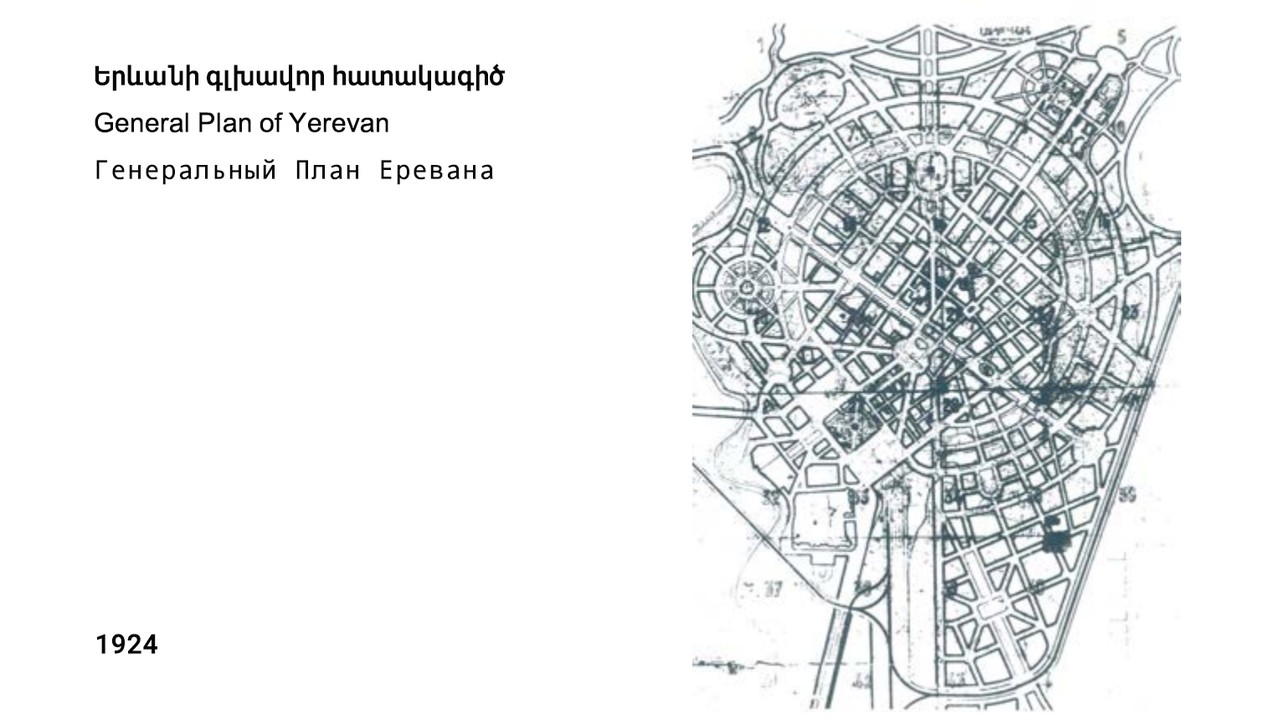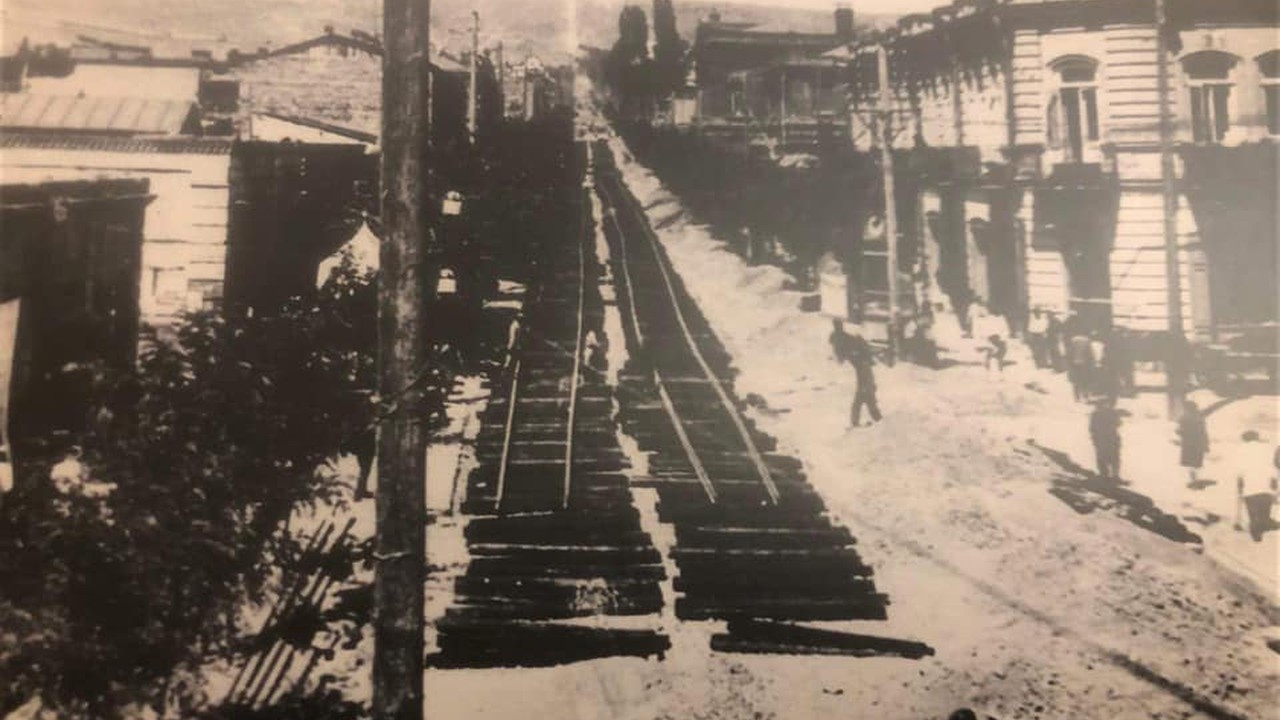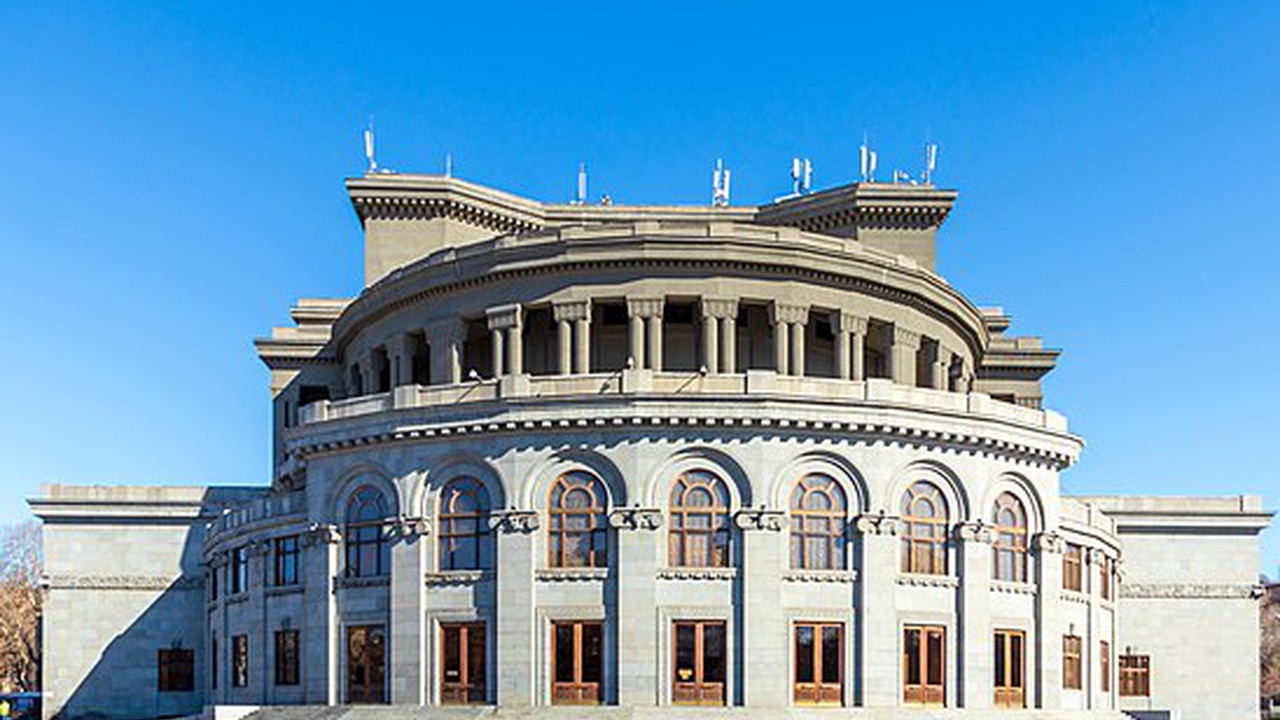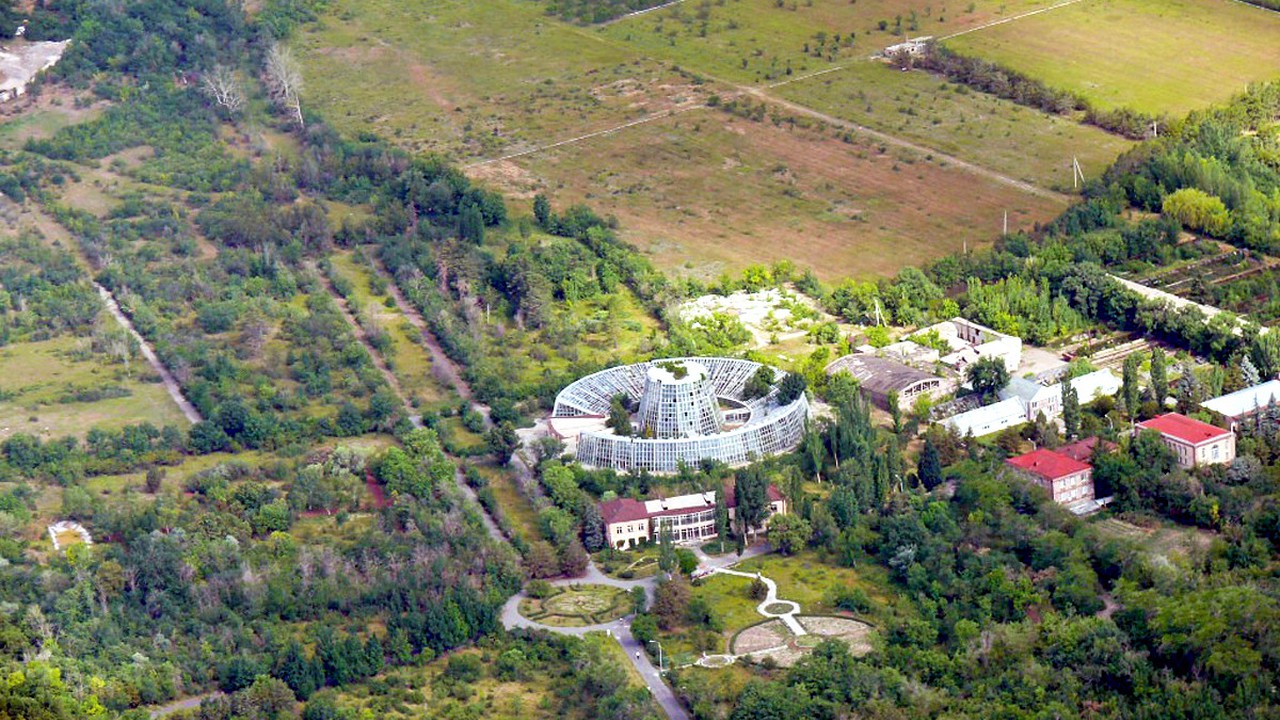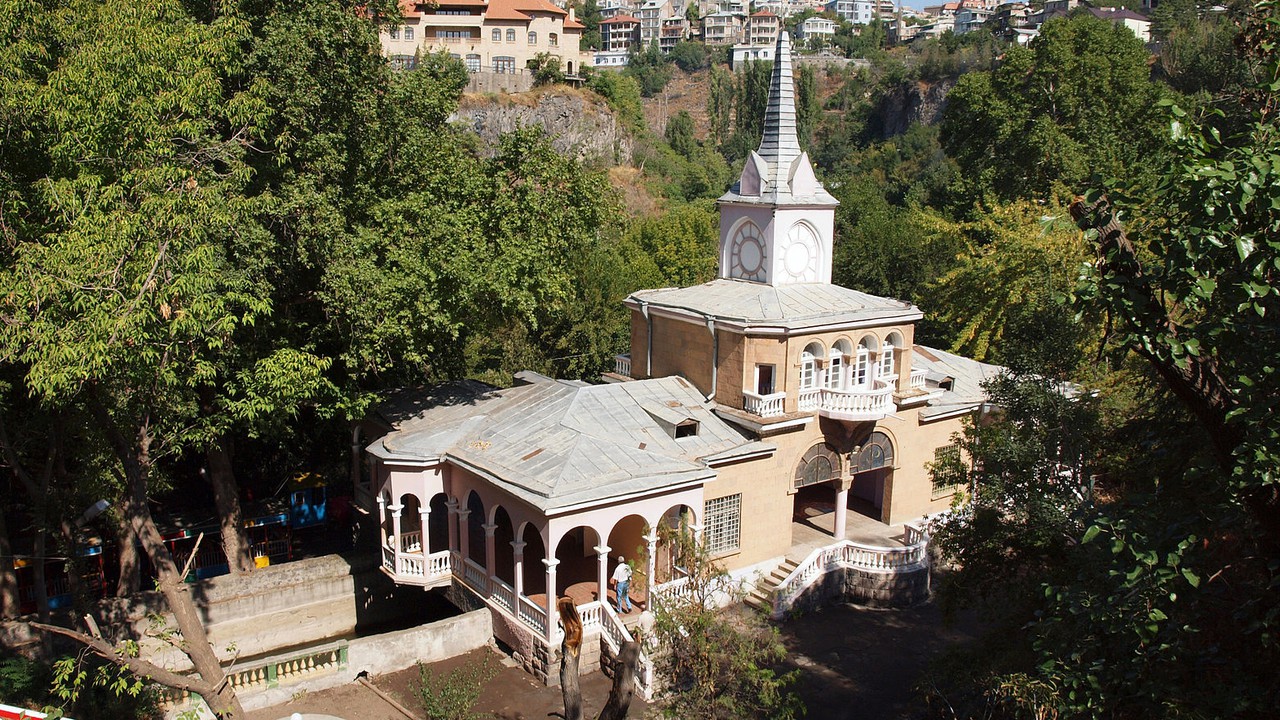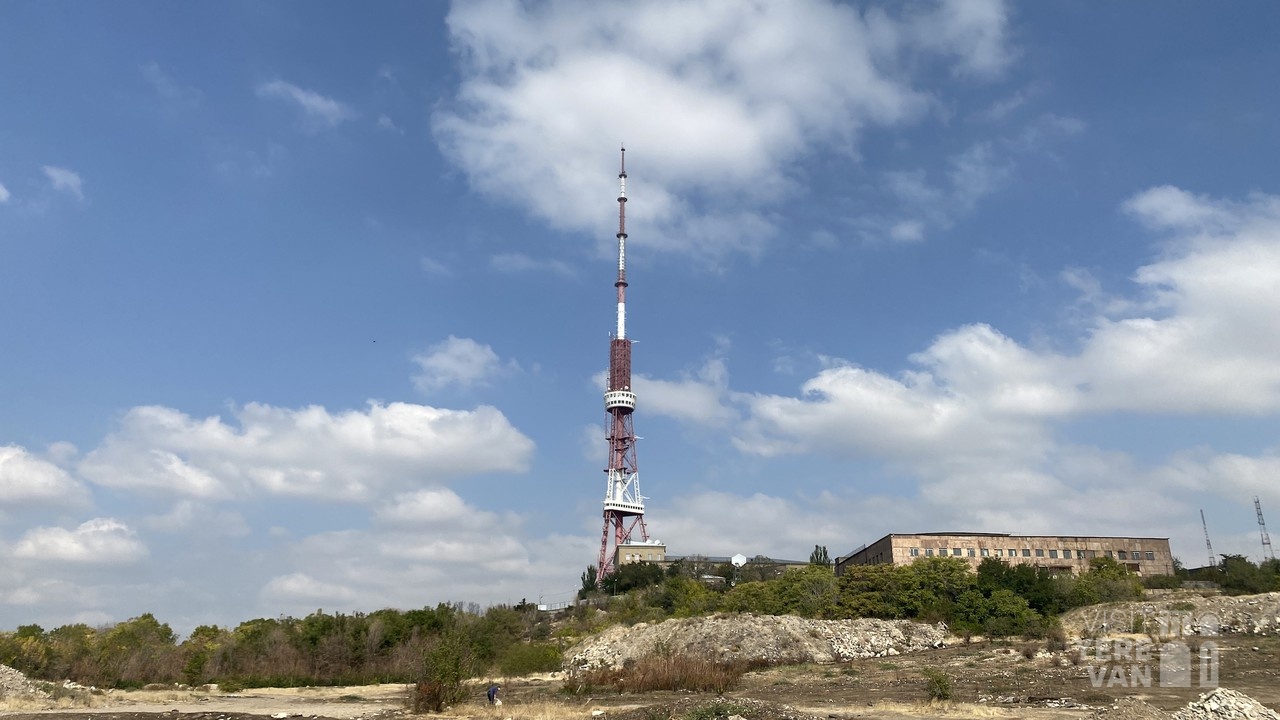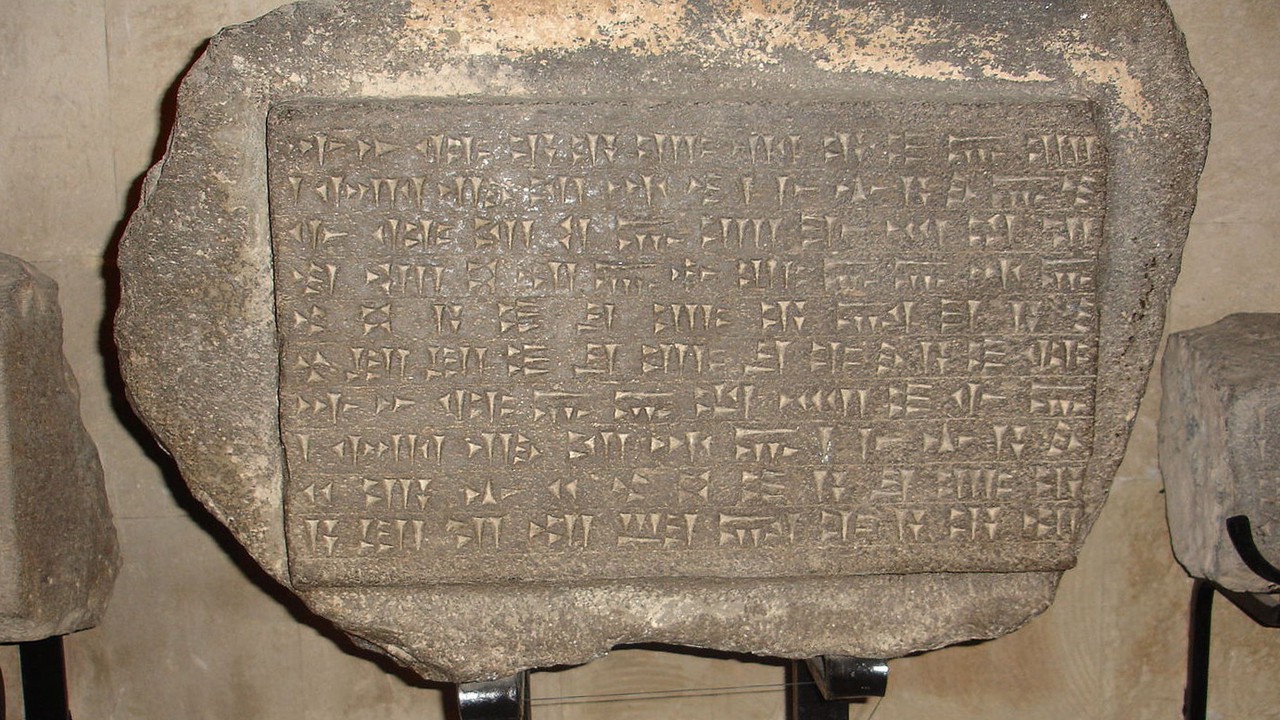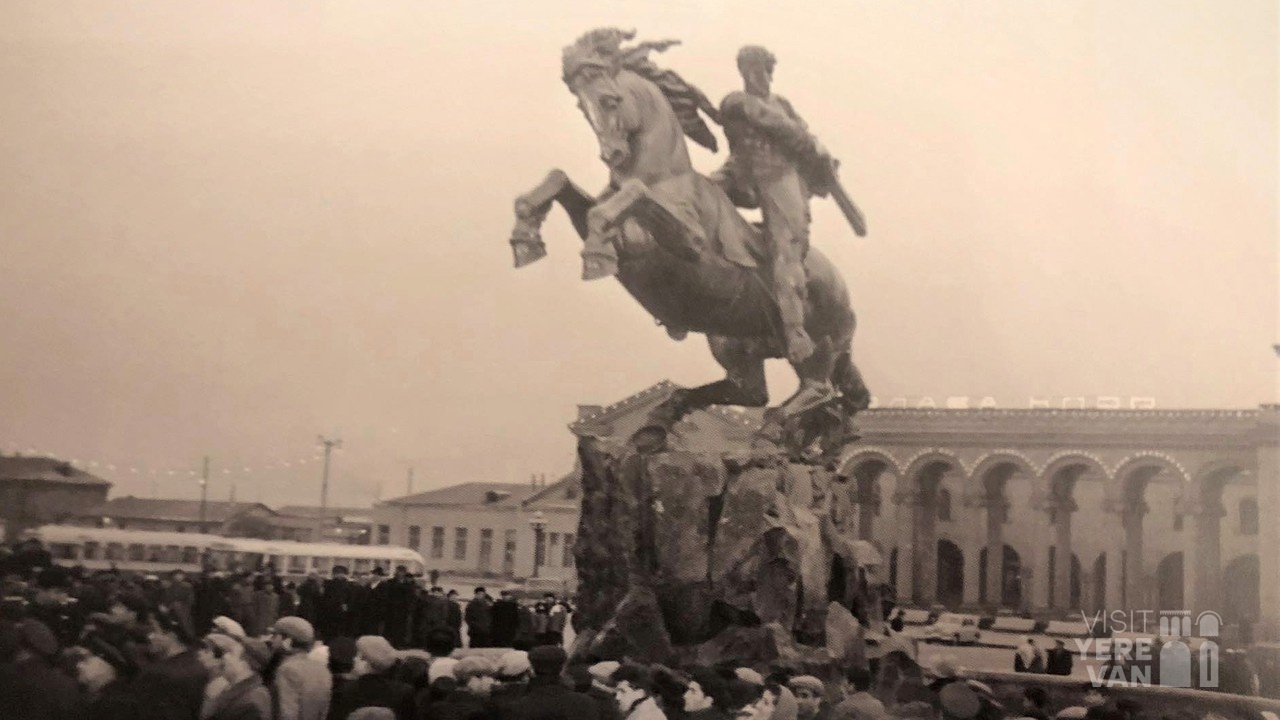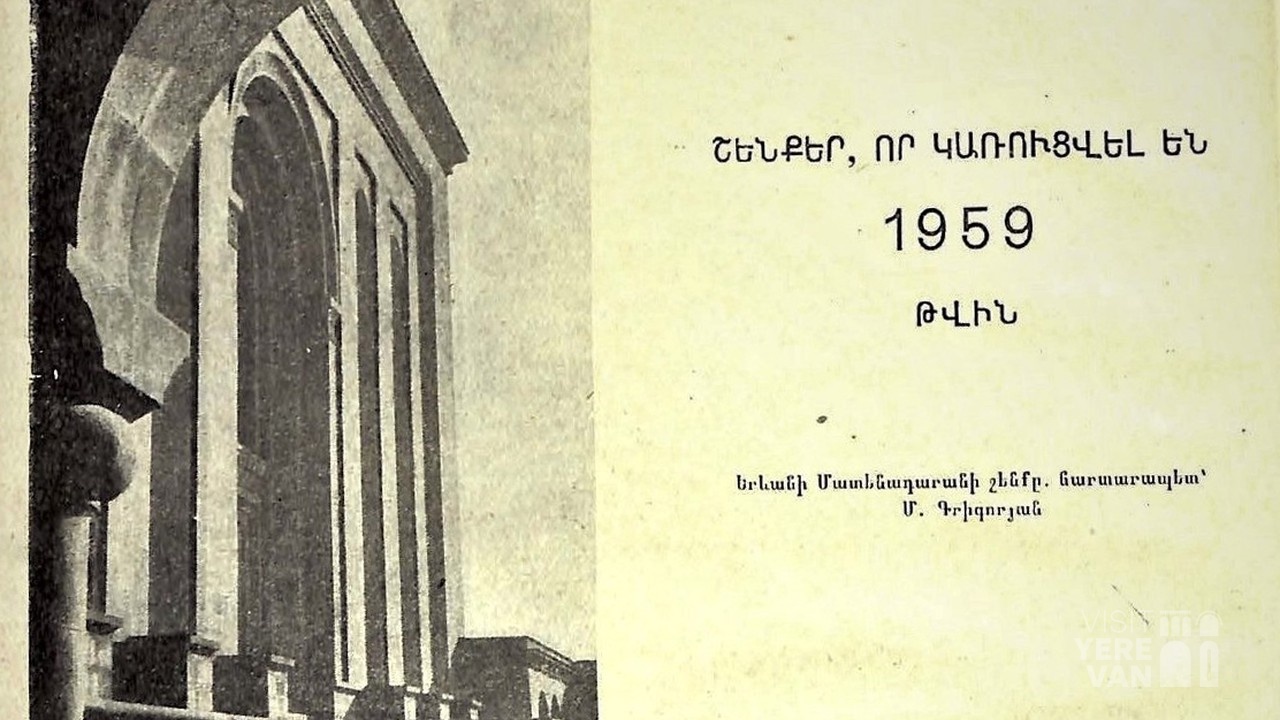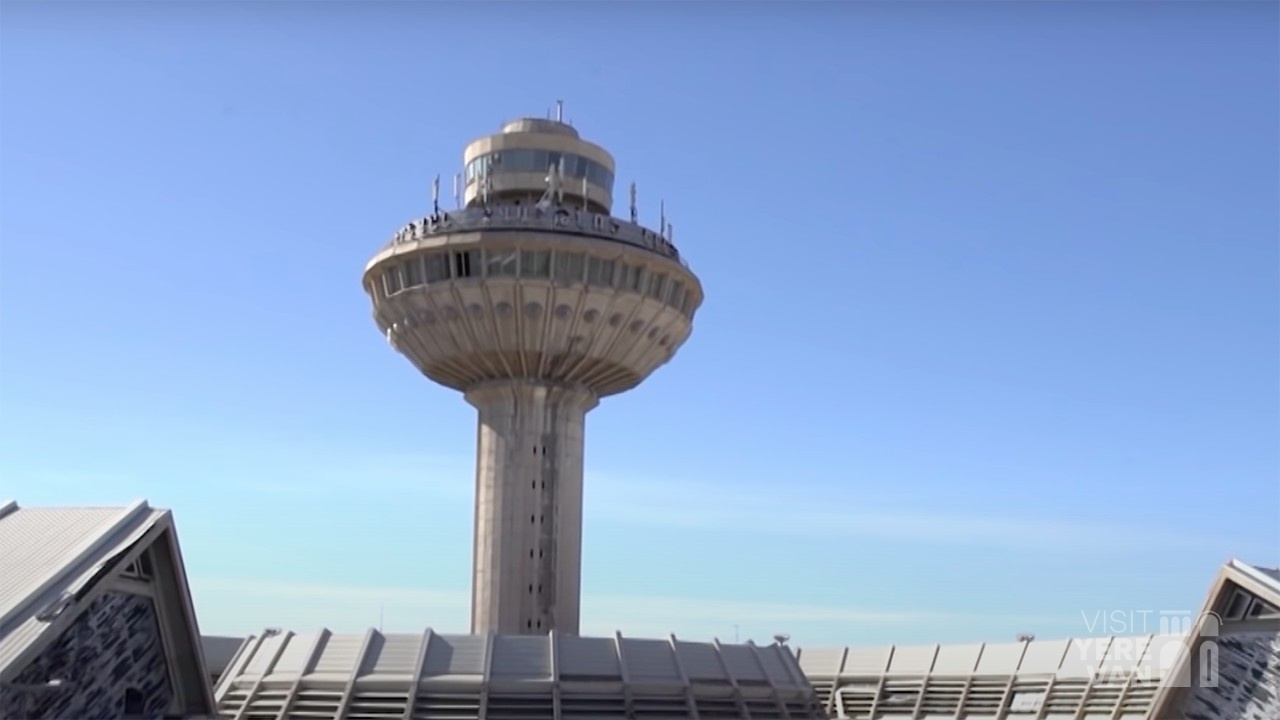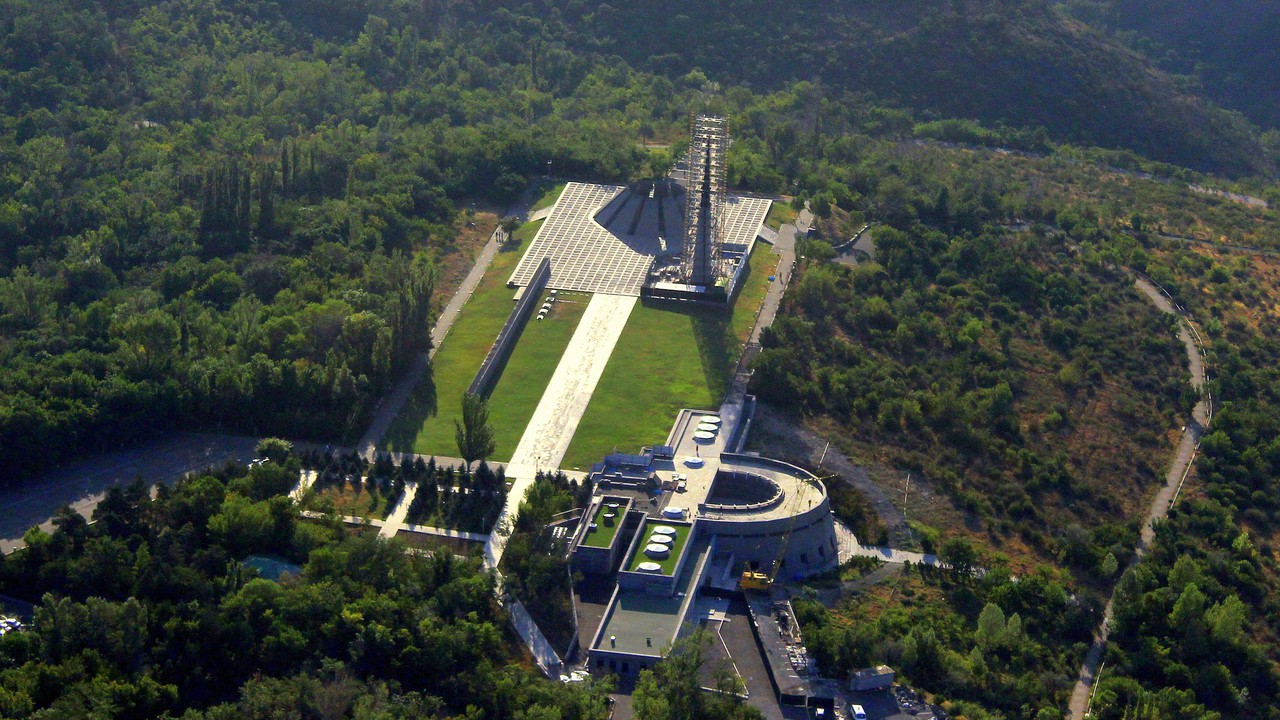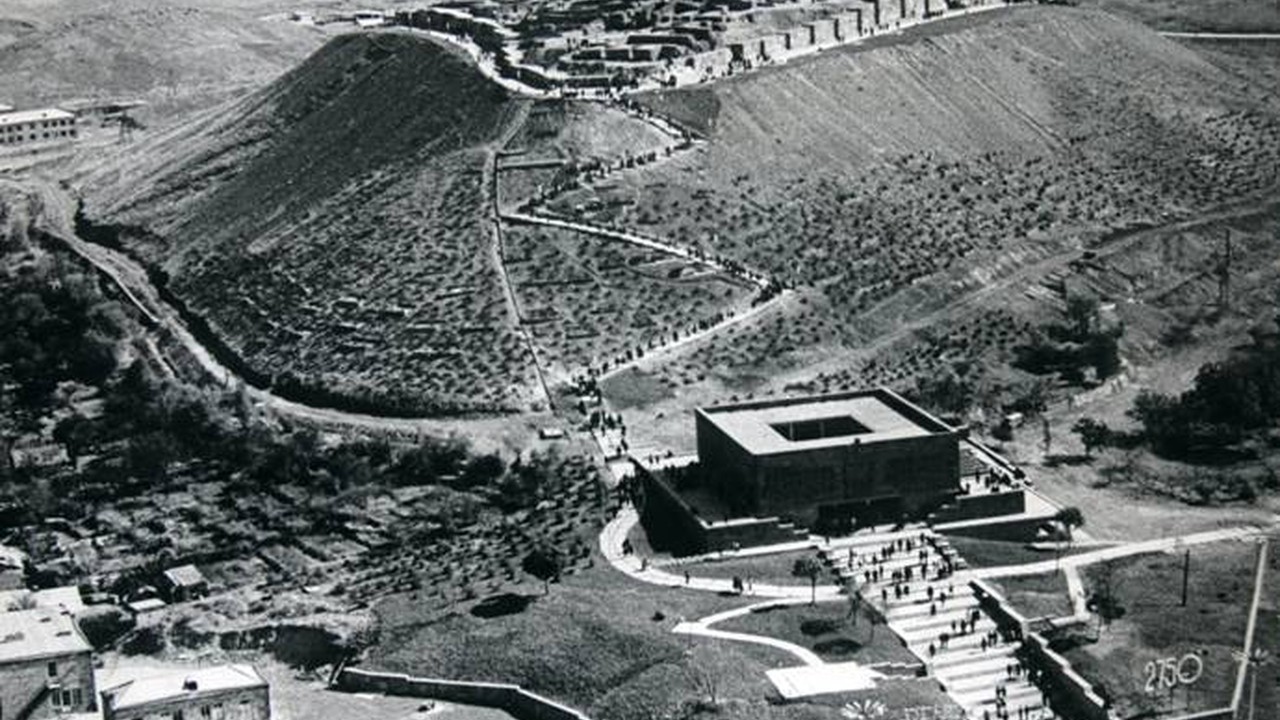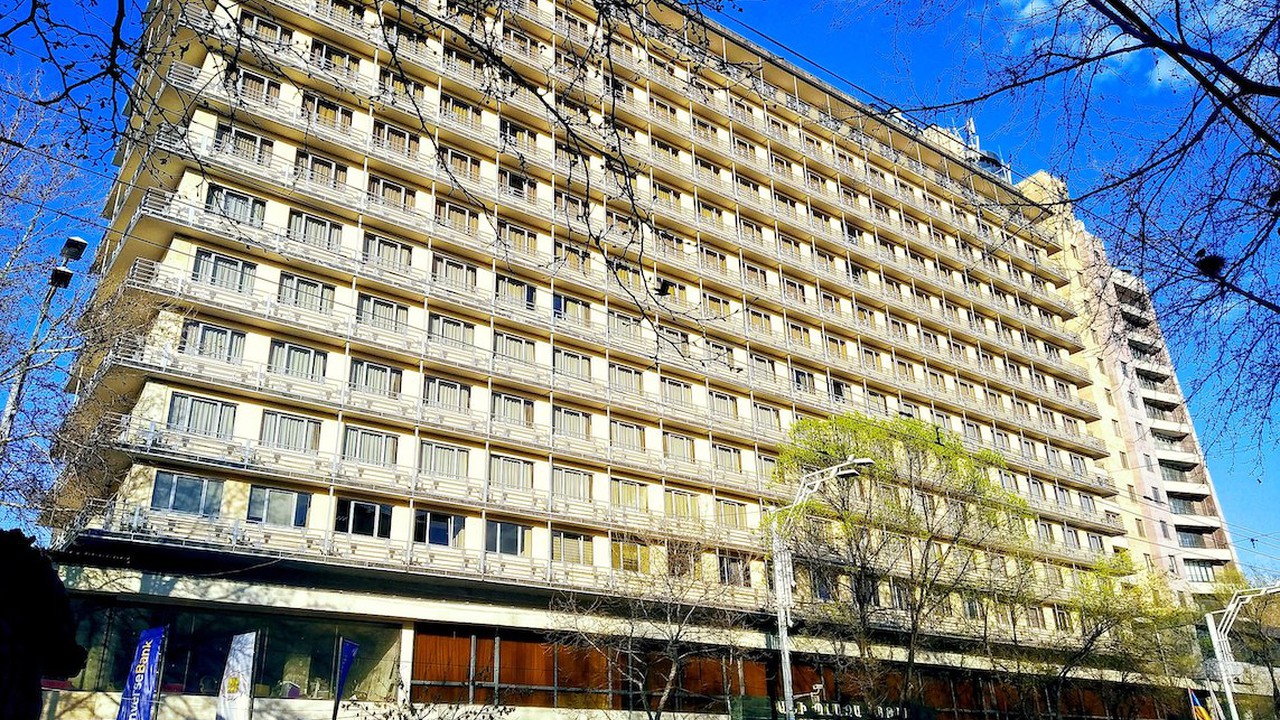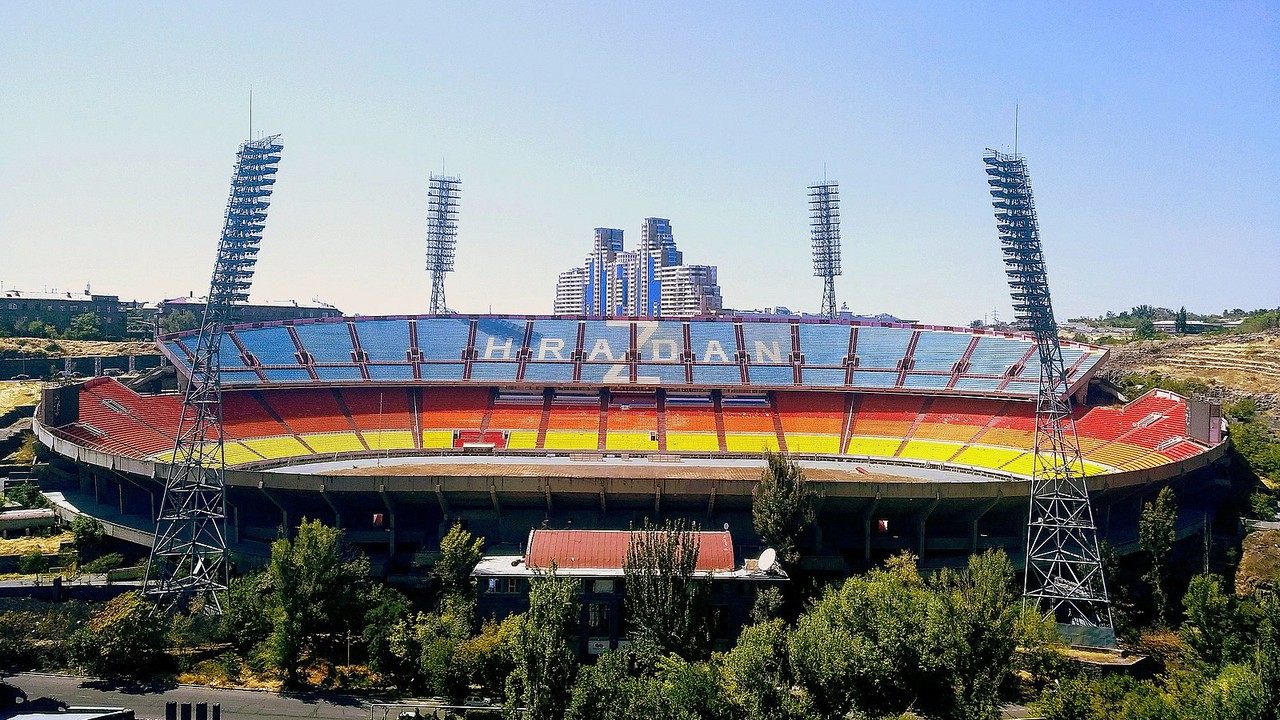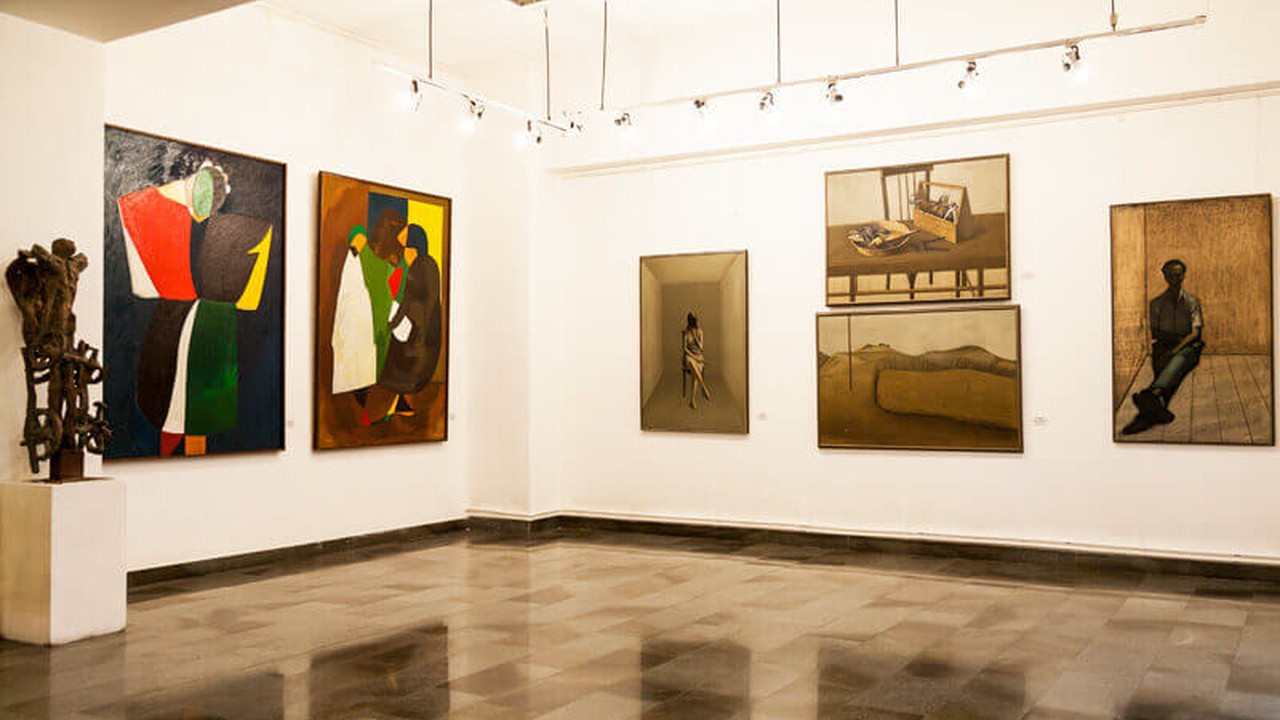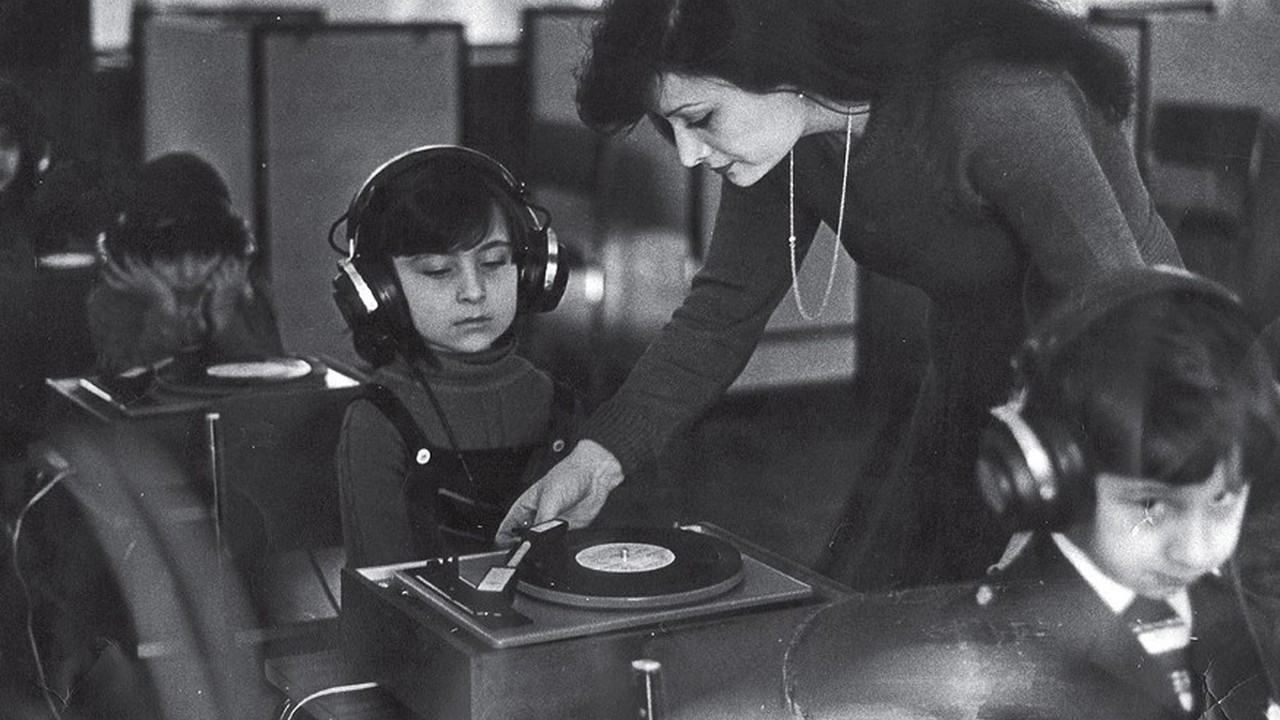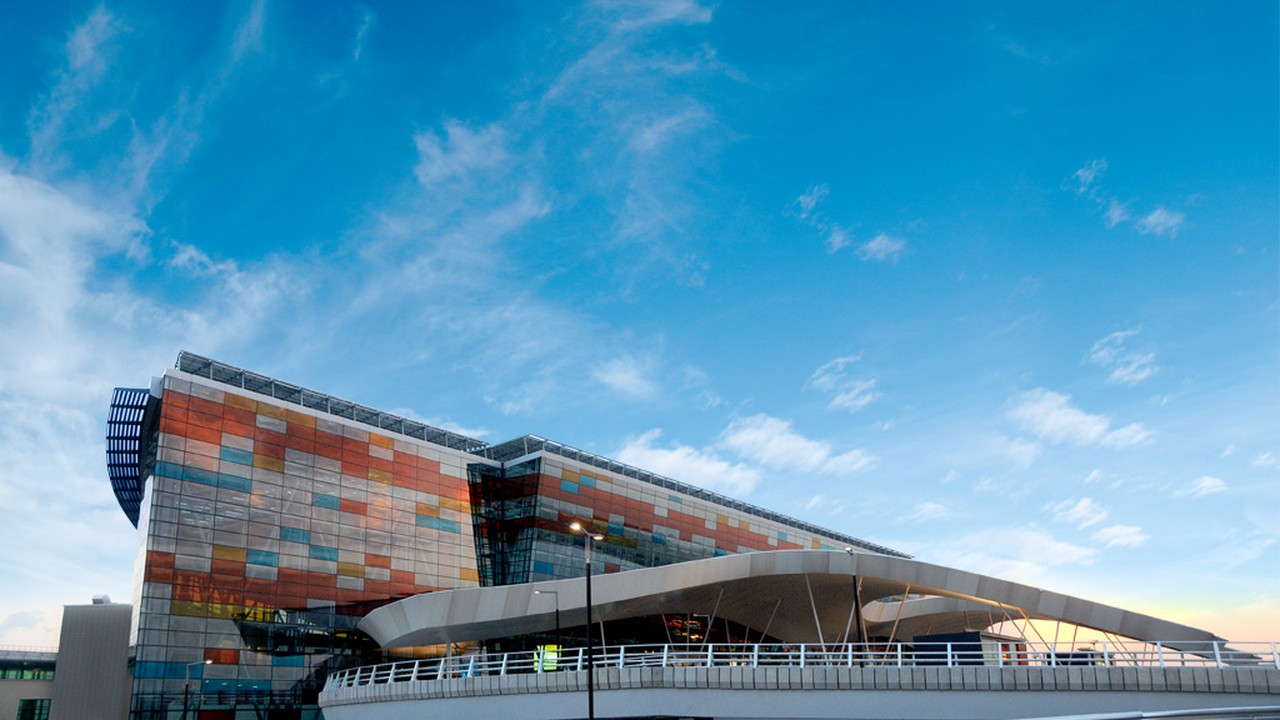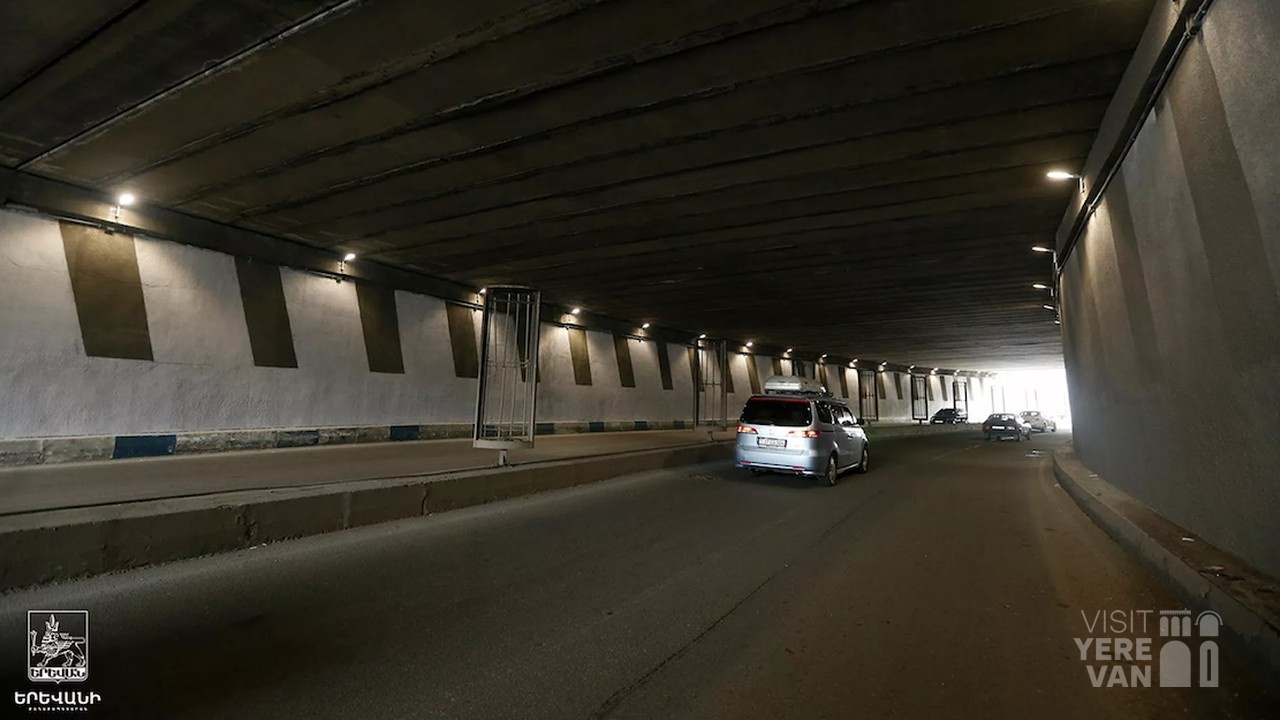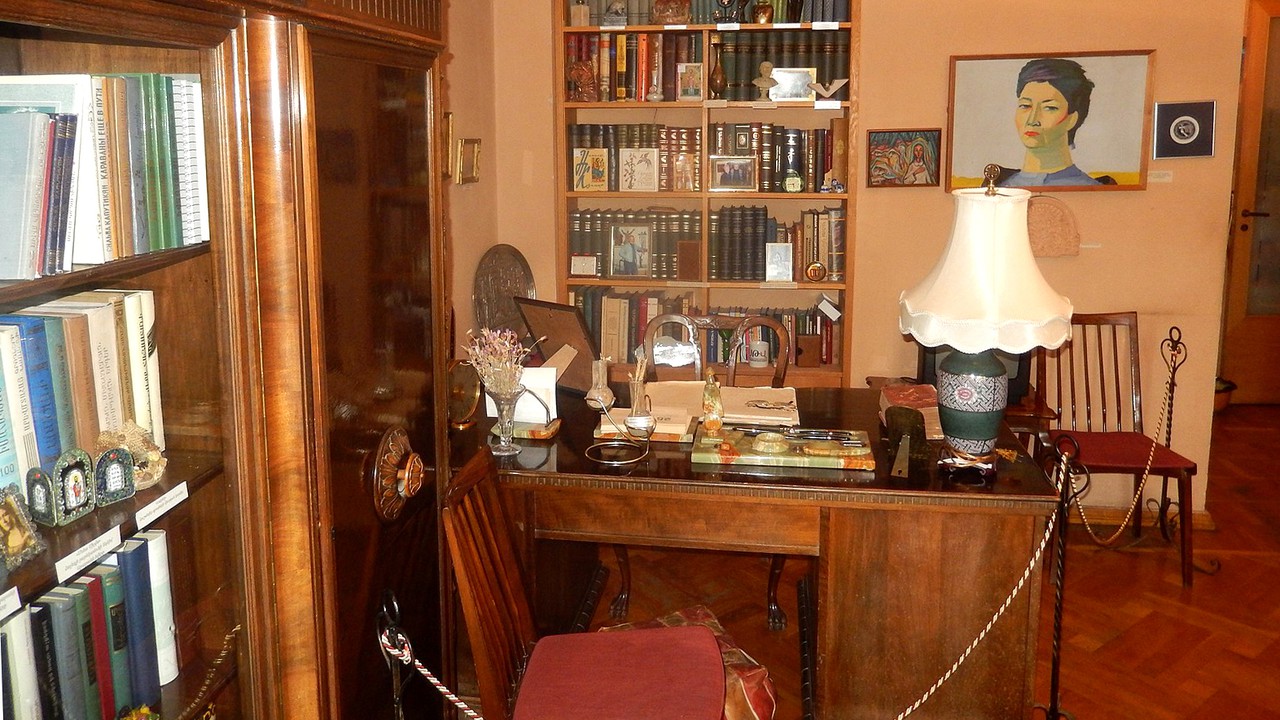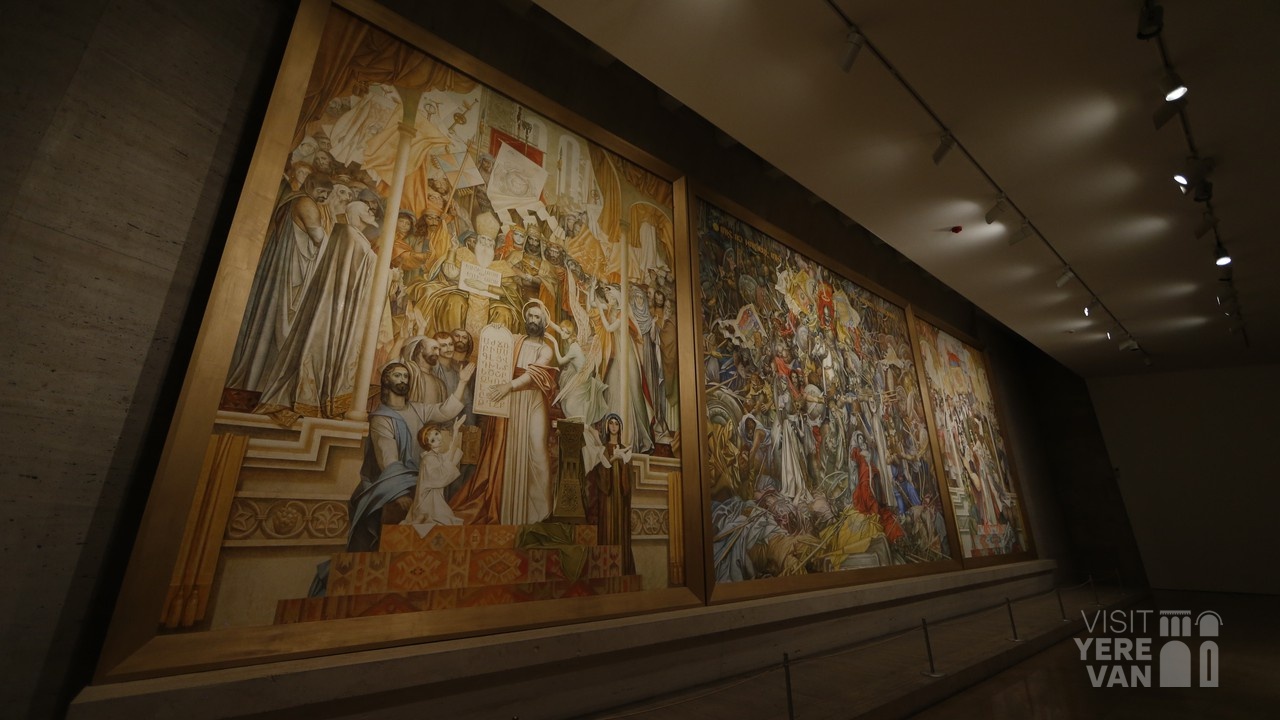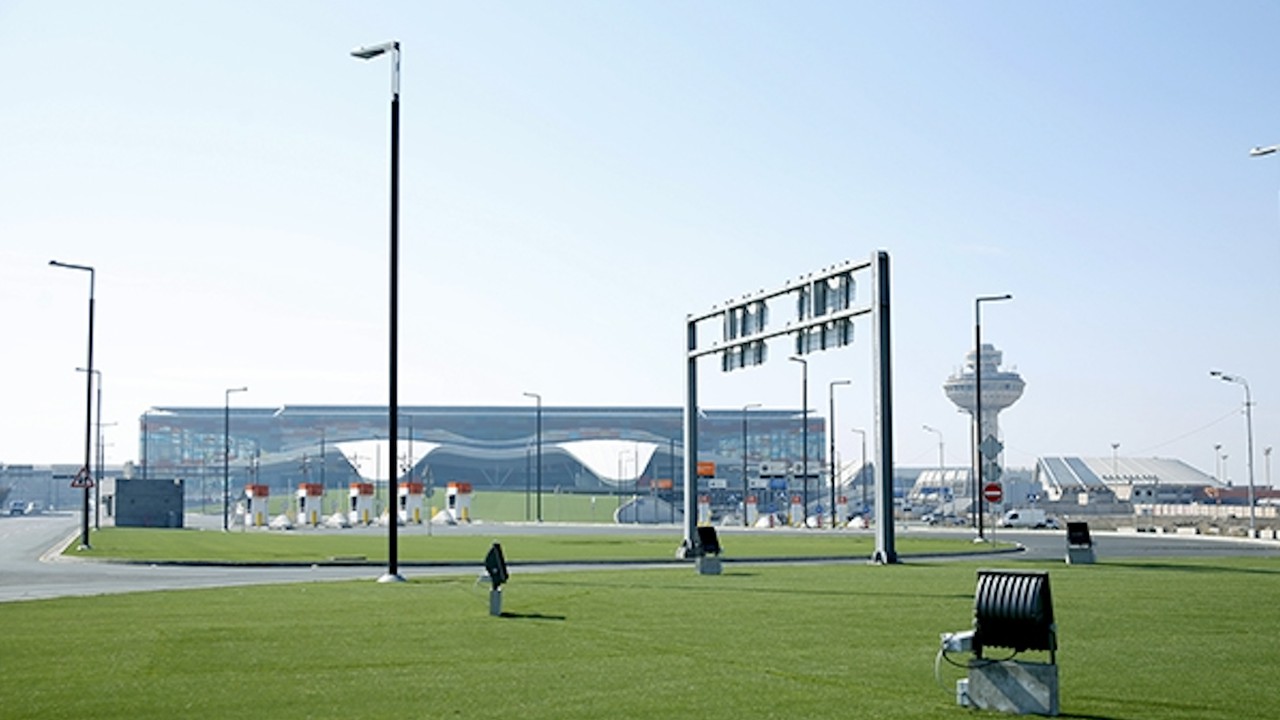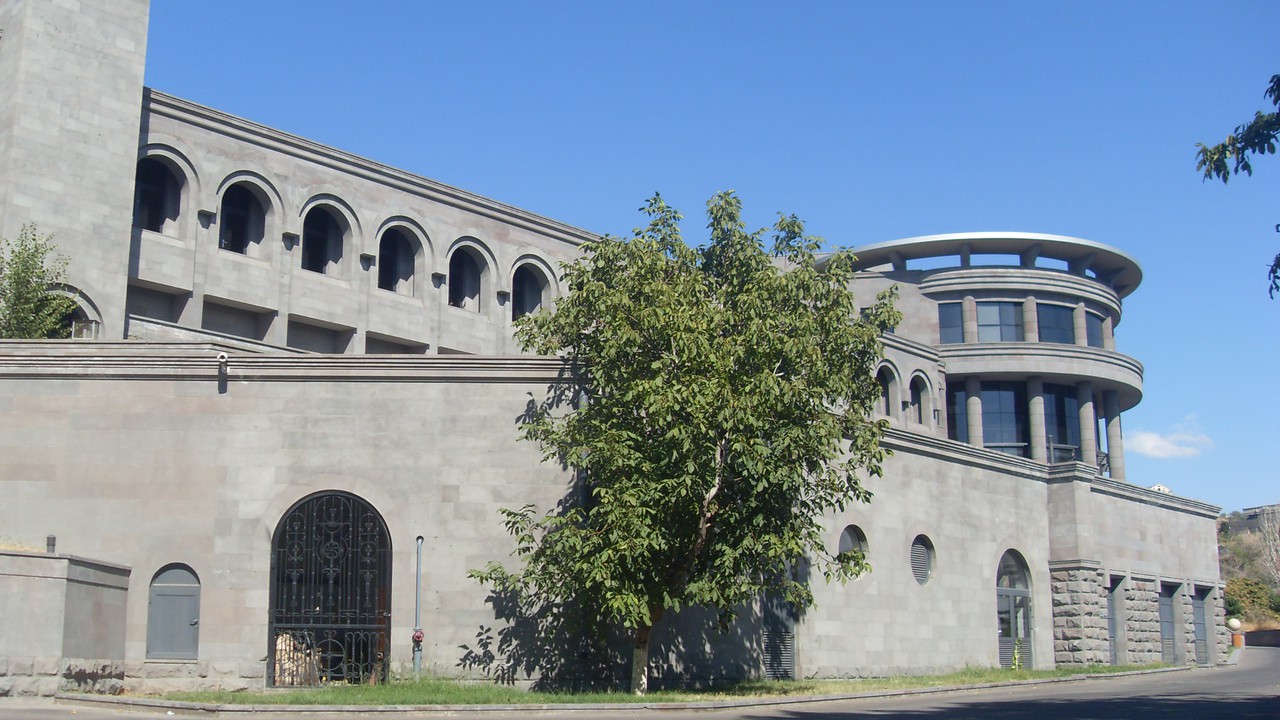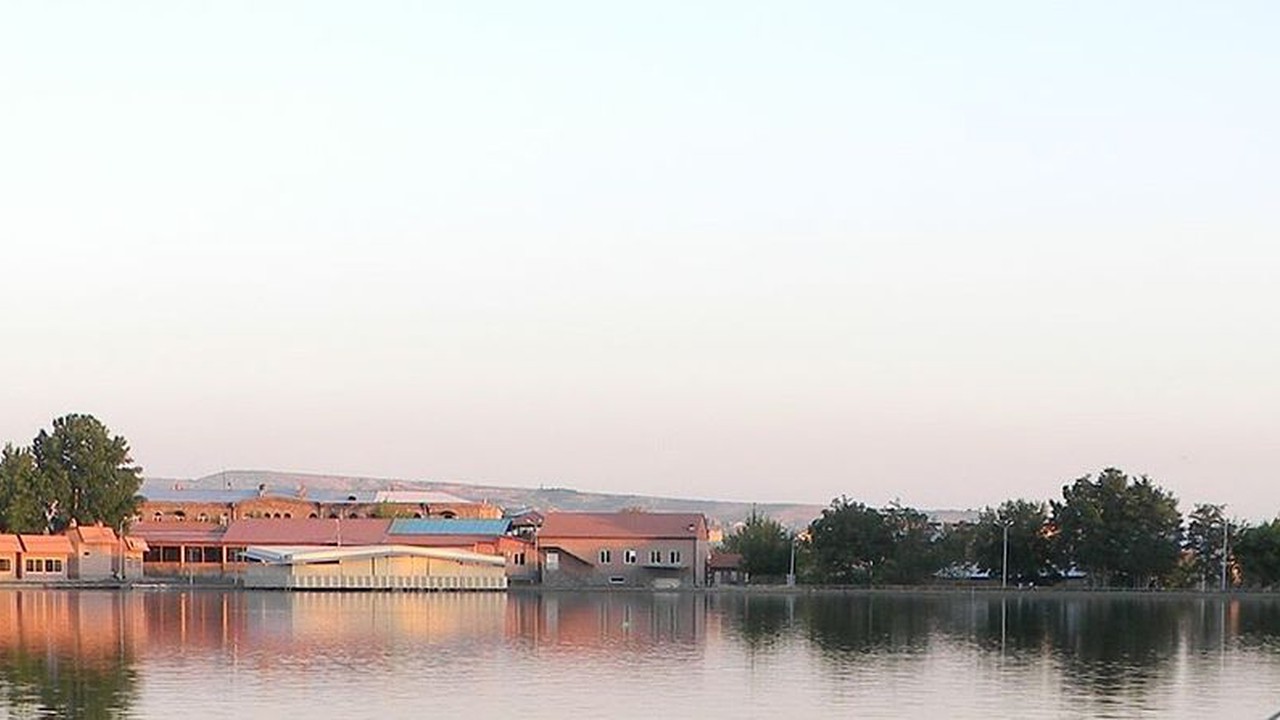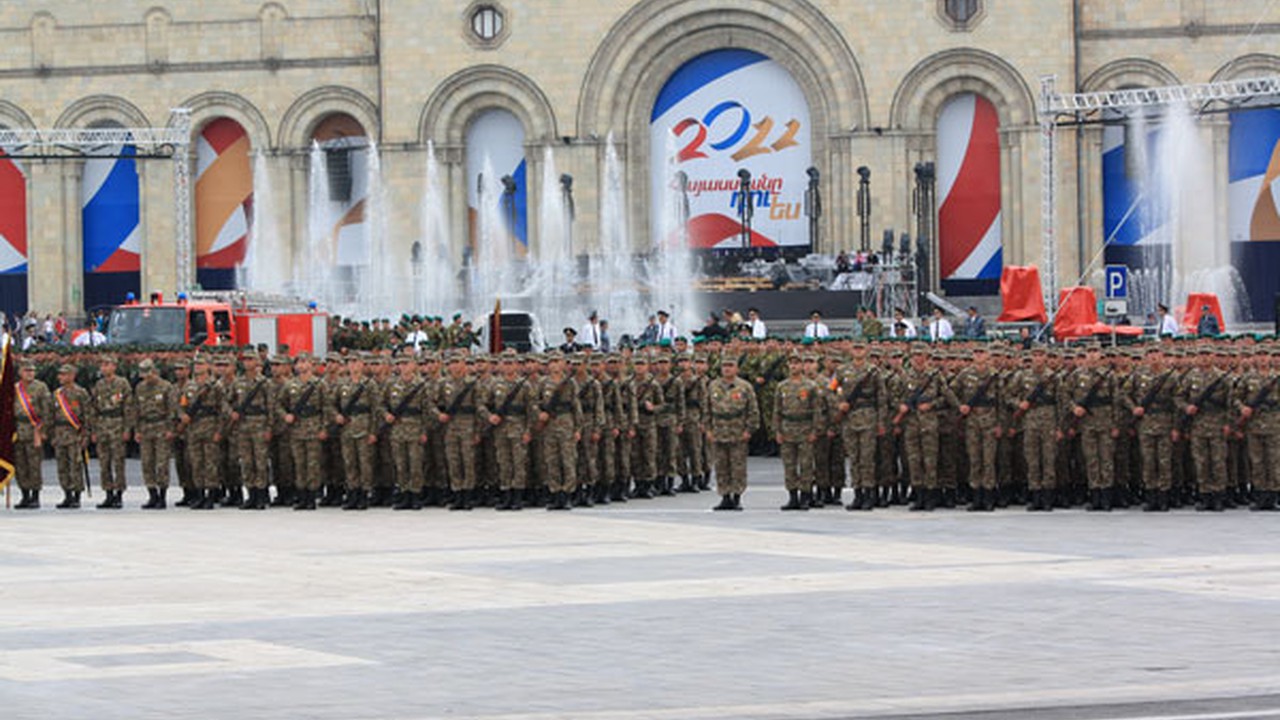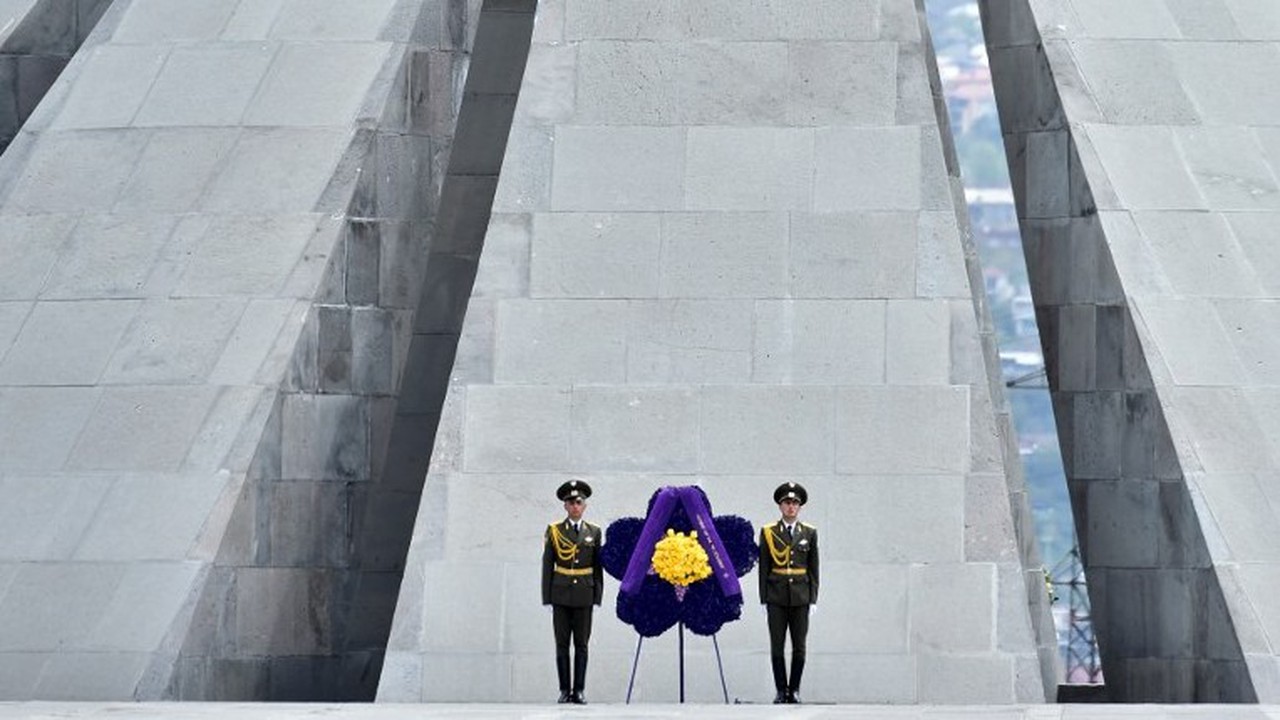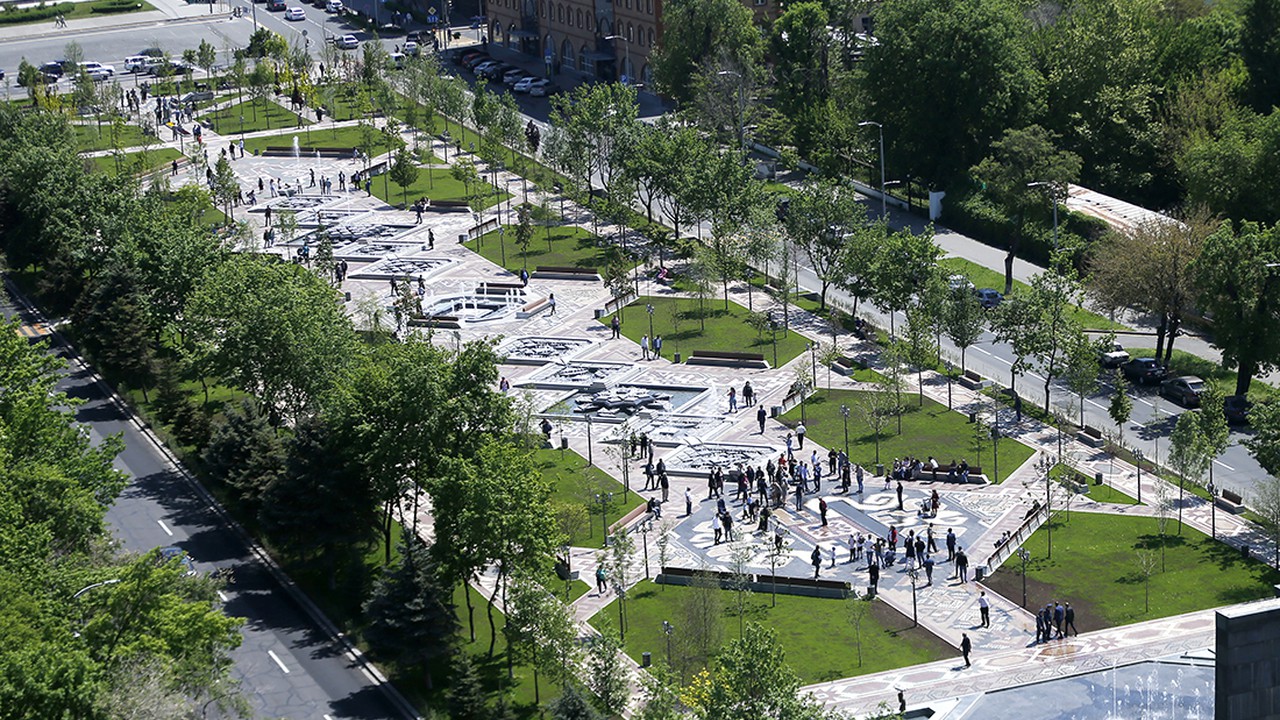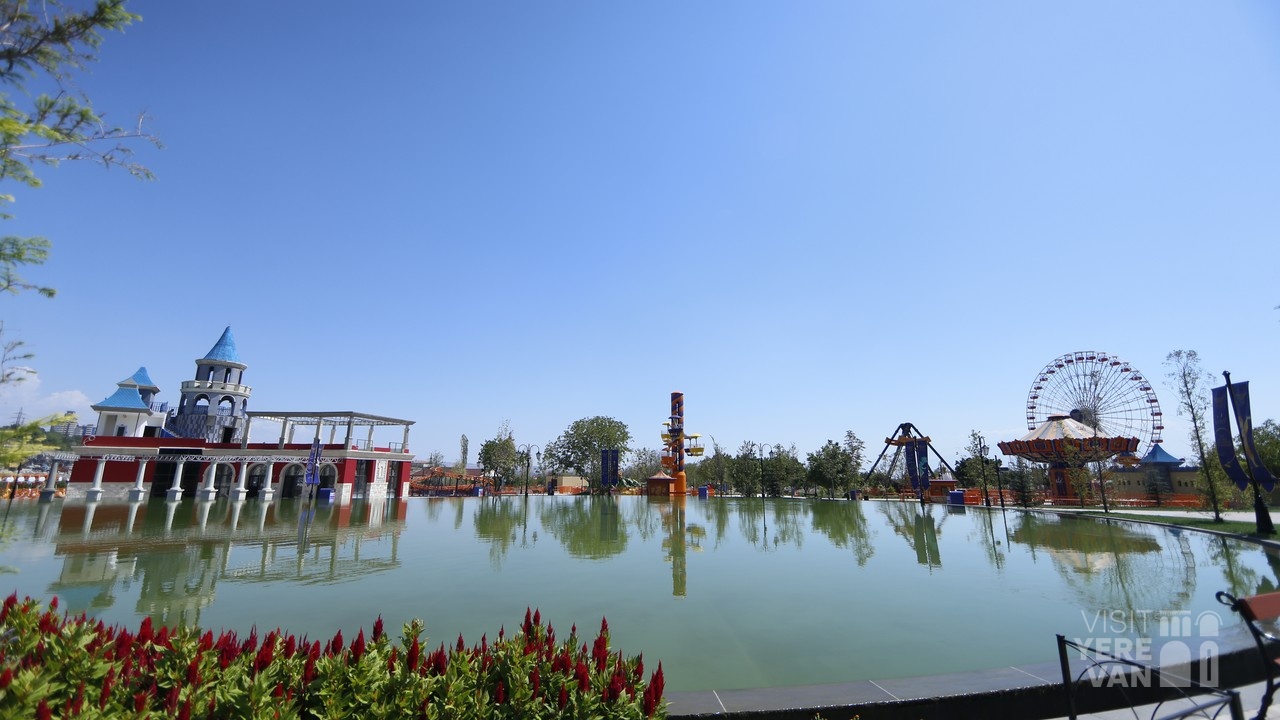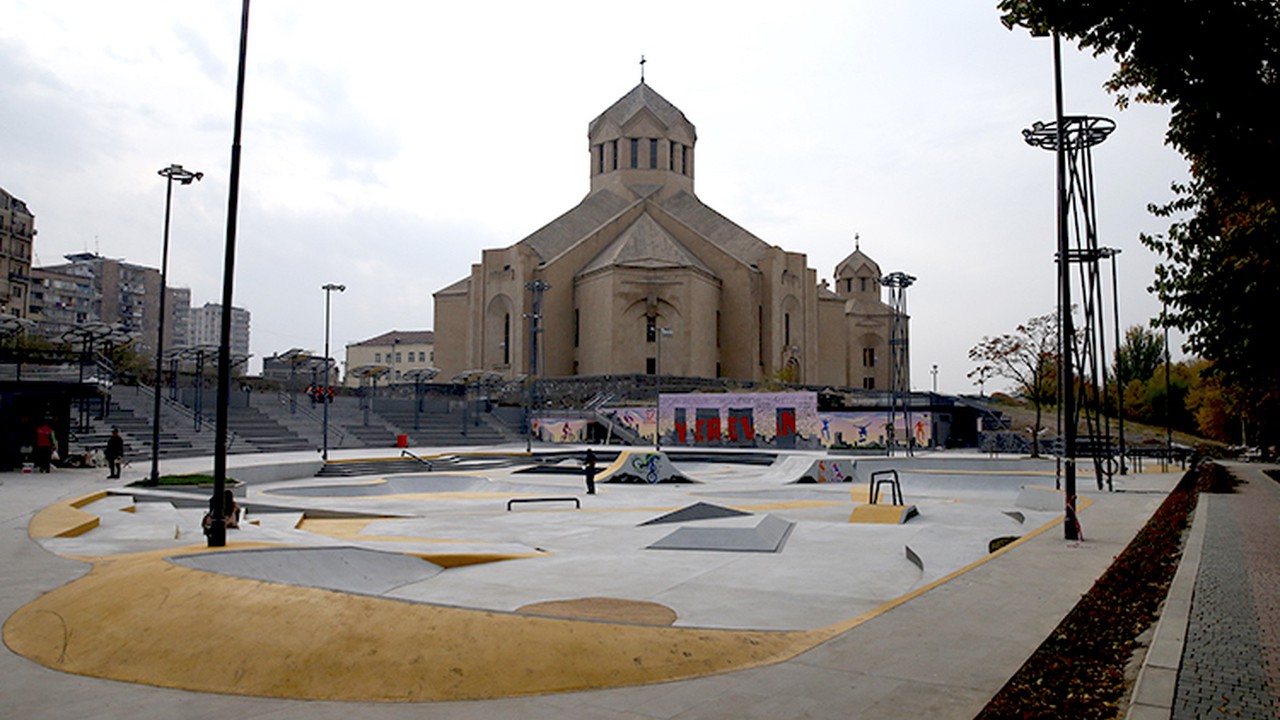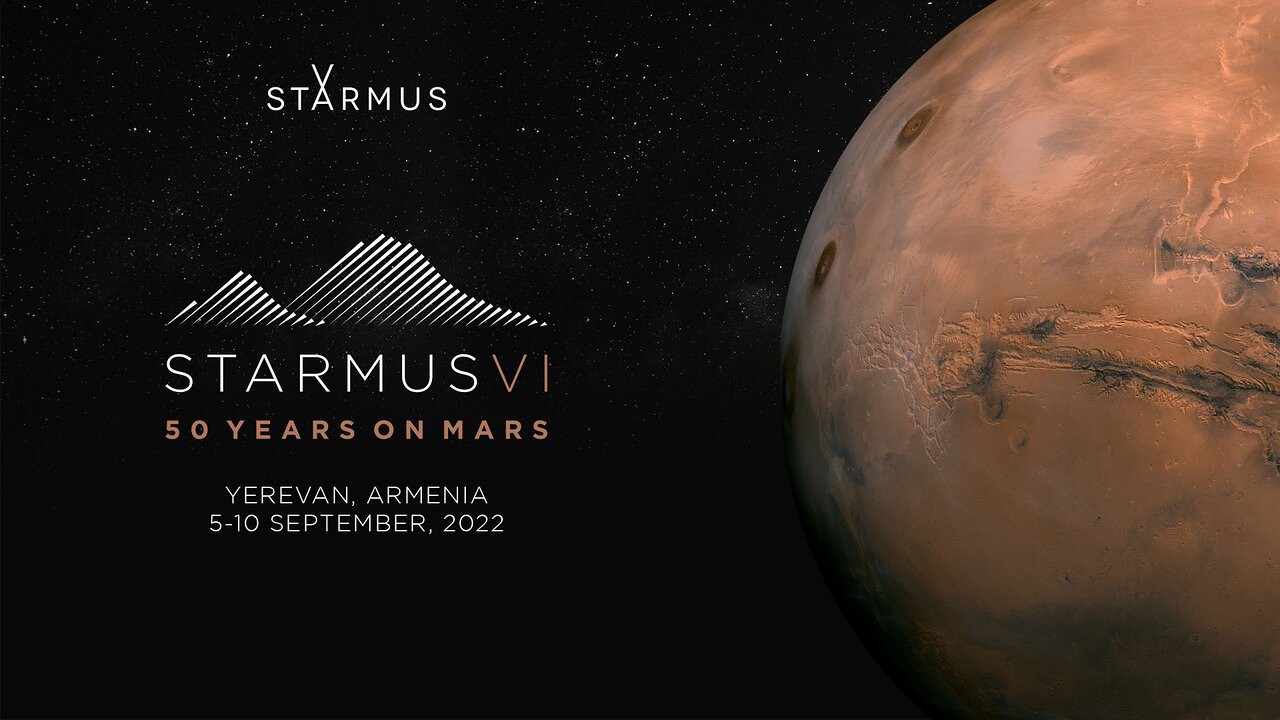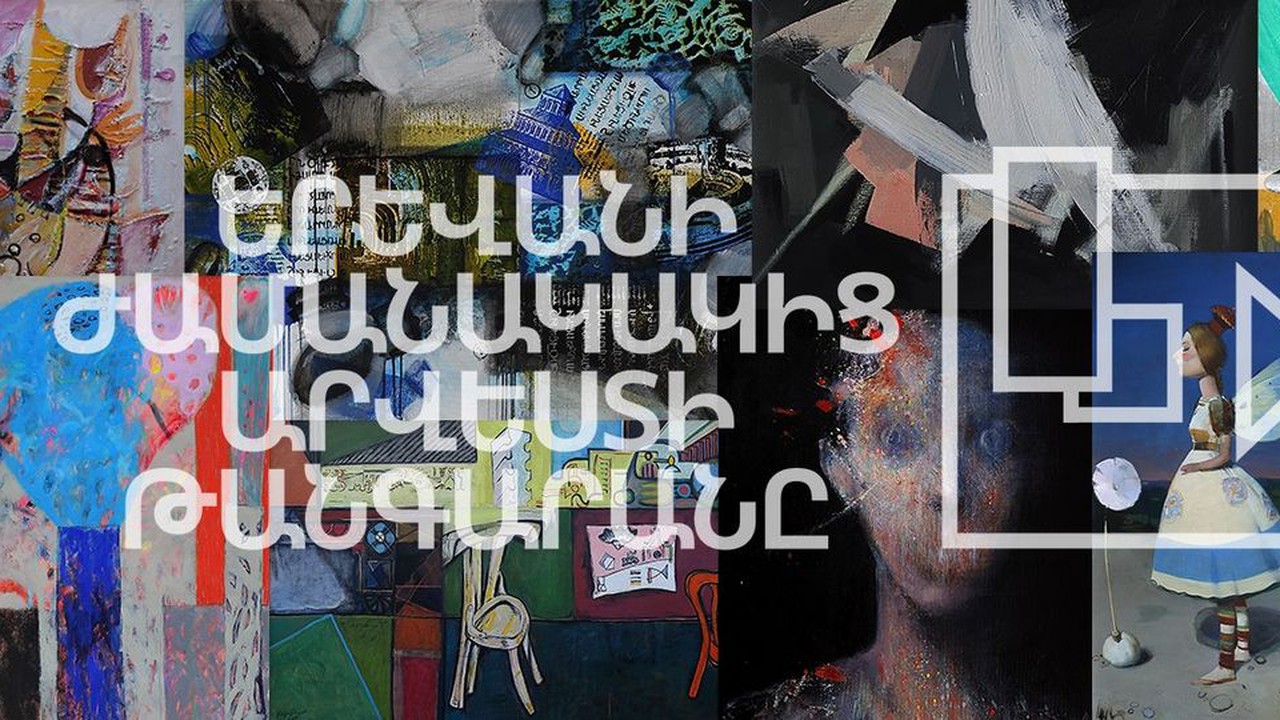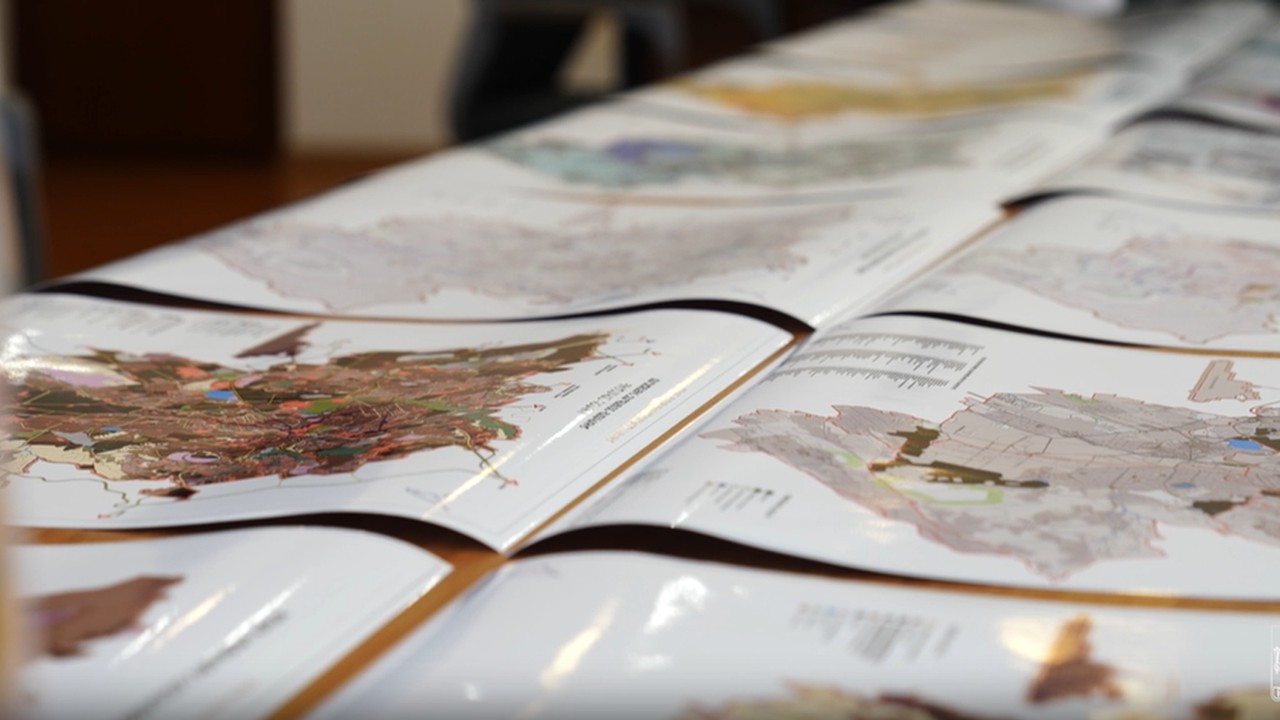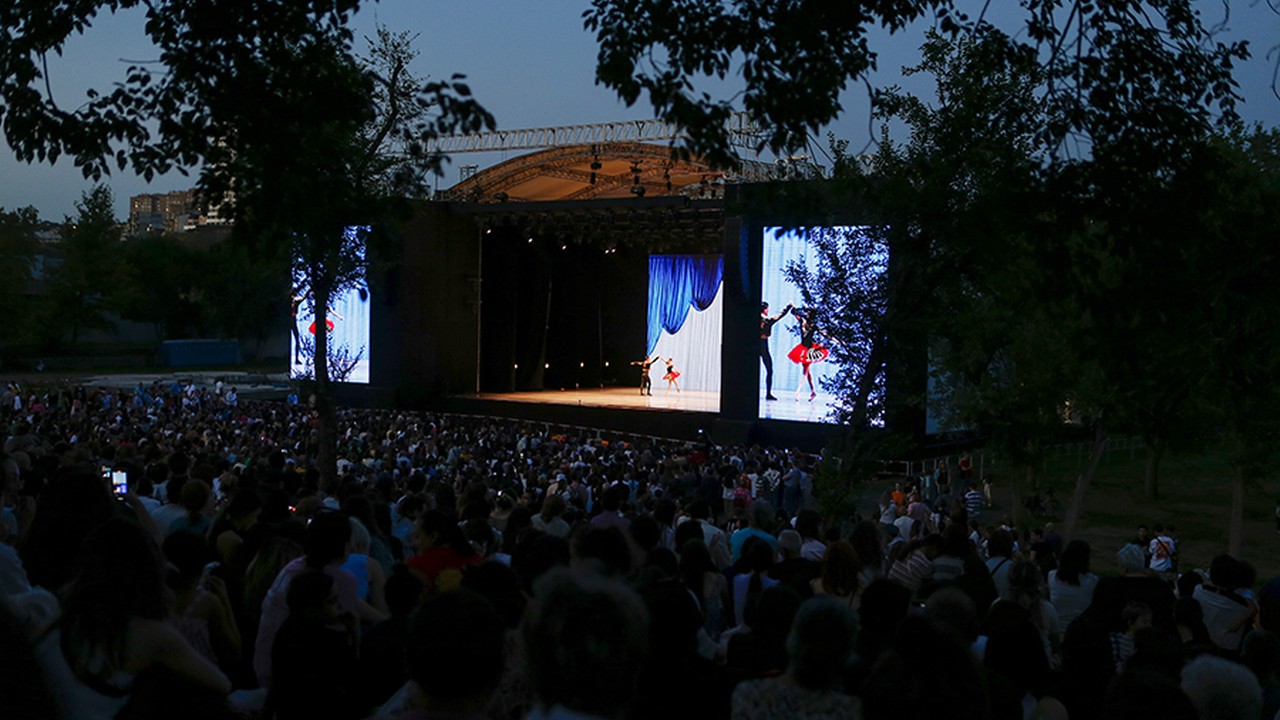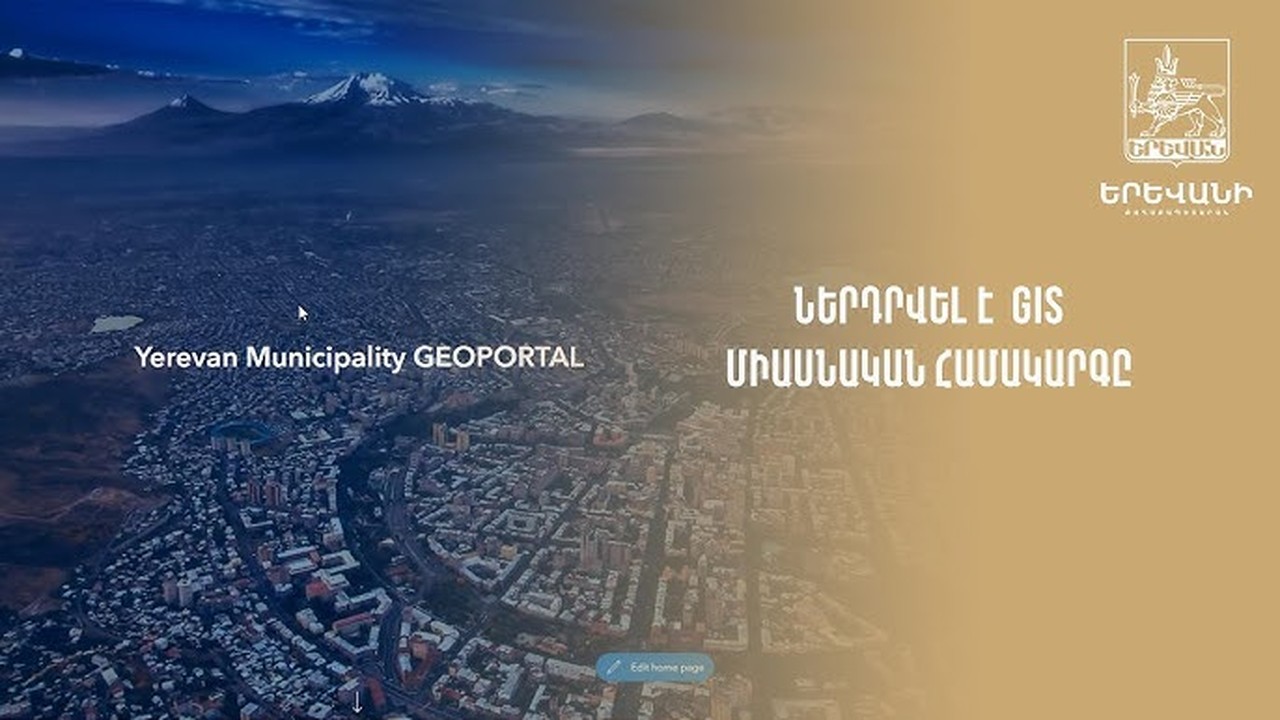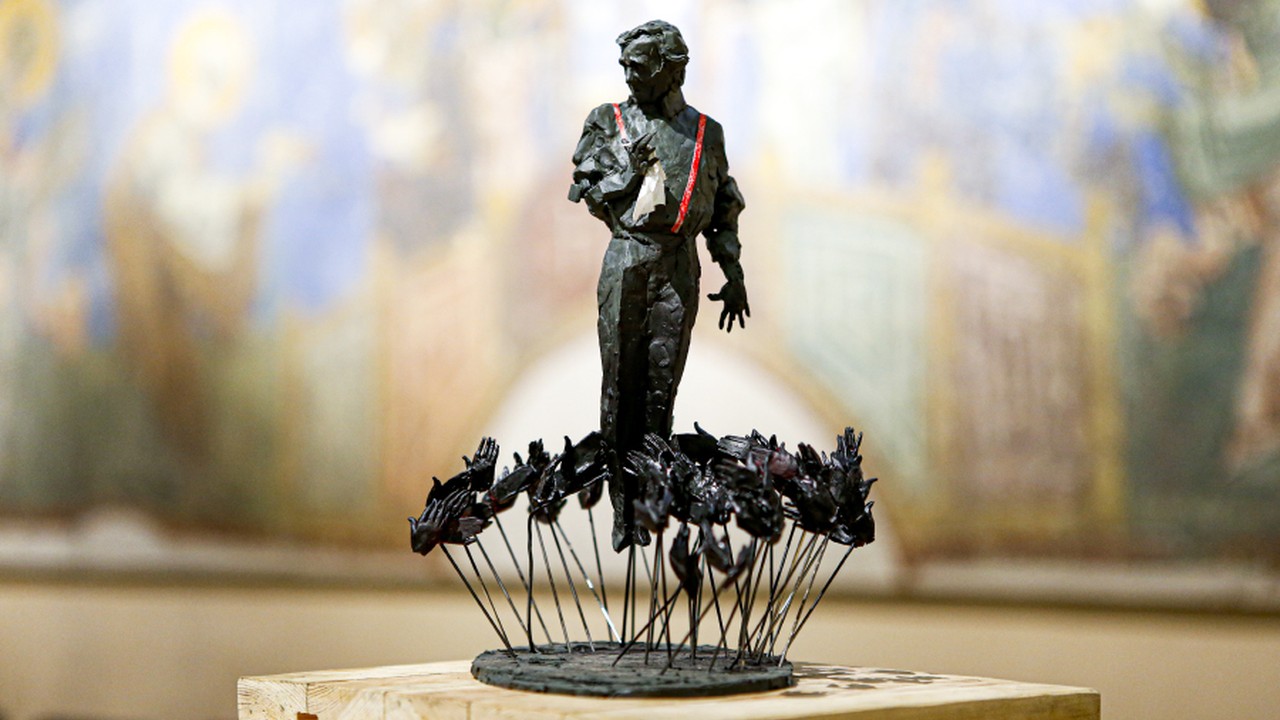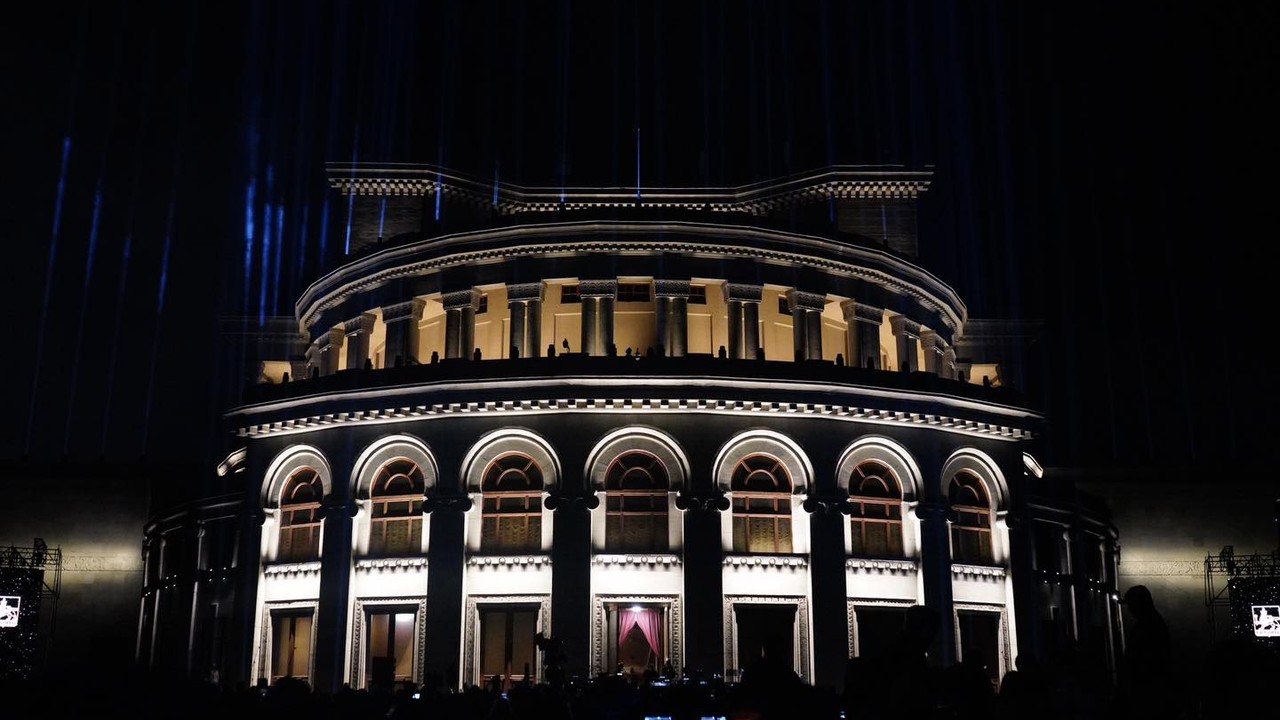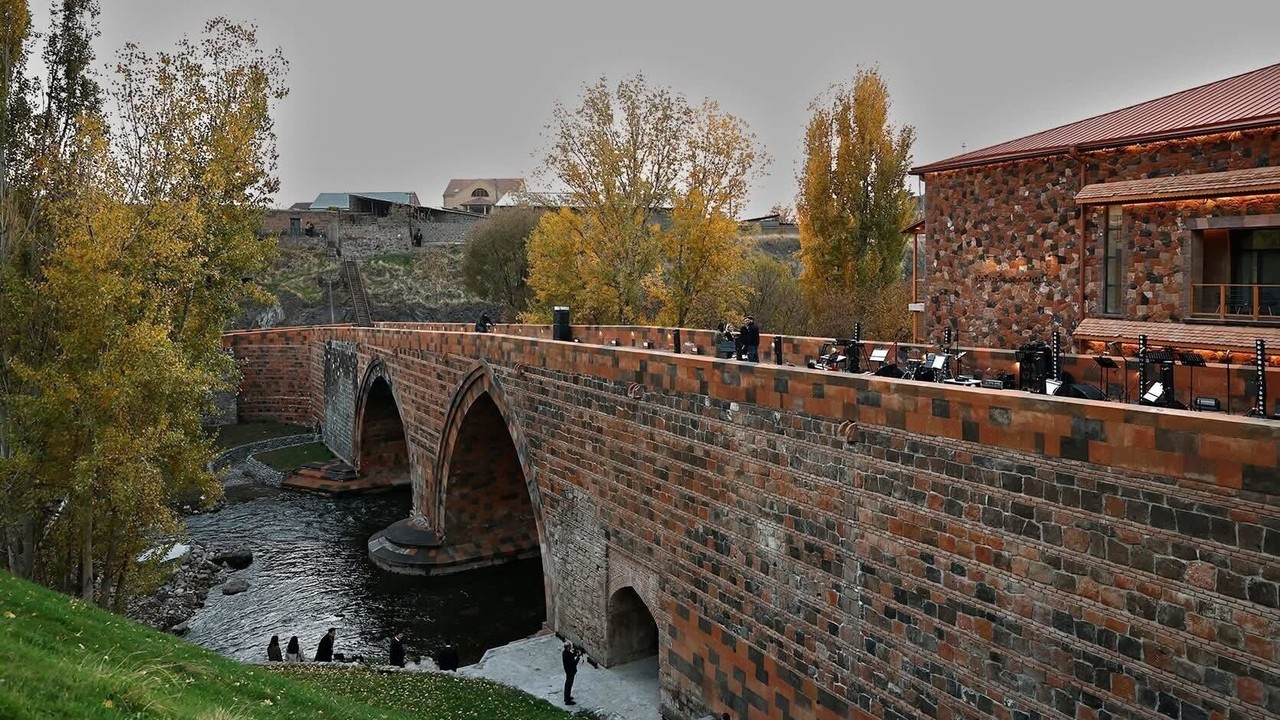YEREVAN CHRONOLOGY
4TH-2ND MILLENNIA BC
Shengavit settlement is an ancient settlement, an archaeological monument of the Kura Araxes culture. It is located in the southwestern part of the city in the Shengavit region. One of the most important archaeological monuments of Armenia from the Early Bronze Age.
2ND MILLENNIA BC
In 1986, on the right bank of the Hrazdan River which flows through the city, archeologists found Karmir Berd (Red Castle) which dates back to the 2nd millennium BC.
2ND-1ST MILLENNIA BC
Archeologists found Aghvesaberd (Fox Castle) cyclopean masonry dates back to the 2nd-1st millennia BC. Aghvesaberd is situated in Nor Nork 1st massive, not far from the Yerevan Zoo, in the Avan Gorge.
7TH CENTURY BC
Karmir Blur was the capital of the Transcaucasian provinces of the ancient kingdom of Urartu. The whole area was under development. Irrigation canals were dug, artificial storage ponds were created, and Teyshebayini fortress on Karmir Blur (Red Hill) was founded.
782 BC
In the southeastern part of the modern capital, King Argishti I founded the fortress town of Erebuni, the capital city of the Van Kingdom (Urartu), "to show the power of the country and to frighten enemies".
11TH CENTURY AD
City became an important trading center, directly connected to Ani, Armenia's capital city at the time. Prince Apirat ordered the construction of the Mamri irrigation channel (1031).
13TH CENTURY AD
St. Astvatsatsin (Katoghike) Church was founded. A chapel was erected in the place where the remains of Saint Anania were buried in the 7th century. This is now St. Zoravor (Almighty) Church on Parpetsi Street.
1265
The Amenaprkich khachkar (cross stone) was erected in Kanaker in 1265. It is among the few that withstood the devastating earthquake of 1679.
1513-1735
During Ottoman-Persian Wars Yerevan “changed hands” 14 times. Western Armenia fell into the neighboring Ottoman hands, while Eastern Armenia stayed part of Safavid Iran.
1603
The Safavid army then laid siege to Yerevan on 15 November. The Persian army of Shah Abbas I conquered the Yerevan fortress after 9 months of siege, whereas the other towns of the Eastern Caucasus surrendered to the Shah with practically no resistance. Hundreds of thousands of Armenians, including residents of Yerevan, were taken captive and sent to Persia.
1652-1705
A wealthy Erivan resident, Khodja Grigor, installed a supply of spring water from the upper parts of the Getar River to the Old District (nowadays, the center of Abovyan Street). Vardapet Hovhannes allocated money to construct a stone bridge over the Getar River. Khodja Panos started the construction of St. Zoravar in the place of the dilapidated Anania Chapel.
1679
On June 4, a strong earthquake completely destroyed the town. The Yerevan Fortress was destroyed completely, so were the following churches: Poghos-Petros, Katoghike, Zoravor and the Gethsemane Chapel.
1679-1680
Kanaker resident Khoja Plav reconstructed the Karmir (Red) Bridge, one of the three bridges over 1804-1813 the Hrazdan River. The bridge was named "red" because it was built of red tuff.
1765-1766
Еrivan Khanate ruler Huseyn Ali Khan, erected the town's largest mosque, Geok Jami (Blue Mosque). At the beginning of the 20th century, it was one of seven functioning mosques in Erivan. Restoration of the mosque in 1996-1999 was financed by Iran.
1826-1828
During the 2nd Russian-Persian war of 1826-1828, in October 1827, General Paskevich captured the Erivan fortress. On February 10, 1828 an agreement was signed in the Iranian village of Turkmenchay, according to which Persia ceded the Erivan and Nakhichevan khanates to Russia Empire.
1843
Coat of arms of the Russian Empire of the city of Erivan with an official description in the Winkler's Armorial.
1860s
The English Park is one of the oldest parks in the city of Yerevan, dating back to the 1860s. It was frequently renovated until World War I, with a major renovation in 1910.
1857
The first pharmacy was opened, which belonged to the Shakhnazarov. Construction began on a fountain in the town park.
1860
Erivan was divided into 7 districts: Kond, Shagar, Damirbulag (Shorbulag, Shorakhbyur), Dzoragyugh, Nortax, Malakani-tagh and Nork.
1863
According to the General plan of 1856, the main street was constructed and named Astafyevskaya, after the governor (today, Abovyan Street).
1866
Stage coaches, multi-seat carriages pulled by horses and carrying both passengers and mail, began to regularly shuttle from Erivan to Tbilisi and Kutaisi.
1877
Erivan officially received the status of a town and the construction of Tairov's Wine and Brandy Factory began in the place of the Yerevan Fortress.
1879
The construction of Erivan's first town hall began, as did the construction of the city's first theatre.
1880
Yerevan's first newspaper was "Psak" ("The Wreath"), which was first published on March 15, 1880.
1883
The Yerevan Hotel (now "Grand Hotel Yerevan") and the photo studio and workshop of famous photographer Leon from Tbilisi, opened on Astafyevskaya (nowadays Abovyan) Street.
1892-1893
The first mineral water and lemonade factory was established in Erivan, as well as the first city hospital.
1902
In 1902, the first railway line passed through Erivan, connecting it with Alexandropol (present-day Gyumri) and Tiflis.
1906
The first line of the Yerevan horse railroad began started operating, at first along Astafyevskaya (nowadays Abovyan) Street, and later to the railway station.
1913
The demonstration flight of the "Blerio" plane was organized in the square, between the rampart and the Orthodox graveyard.
1912-1913
It’s said that the first vehicle appeared in the city. It was brought from Tbilisi. Name of the first driver was Vardan, although in the city he was known as Mashti.
1917
Cognac can be bought in the store of the Yerevan Cognac Factory with the permission of the police.
1919
The first Armenian radio station was launched during the years of the First Republic, on September 25, 1919.
1920
The plan of the Yerevan in 1920 by M.Astvatsatryan. The map depicts Yerevan as it looked before the implementation of the master plan for the reconstruction of the city by architect Alexander Tamanyan (in 1924-1936), which changed the character of the city from a regional center to a major capital.
1921
On 9 September 1919, the National Assembly of Armenia founded the History Museum of Armenia. The museum opened to visitors on August 20, 1921. Its first director was Yervand Lalayan.
1921
The National Gallery of Armenia was founded in 1921 by the decision of the Government of Soviet Armenia, as one of the five departments of the State Museum - the Art Department. Martiros Saryan was appointed the director of the museum. As the first state museum of Armenia, it was officially opened to visitors on August 14, 1921.
1956
The building of the current Yerevan railway station was built in 1956, the opening took place on July 22.
1950
During the excavations of Arin Berd hill in 1950, the cuneiform inscription of King Argishti I of the Kingdom of Van was discovered, according to which Argishti I founded the fortress city of Erebuni in BC in the year 782.
1957
Bronze monuments of Hovhannes Tumanyan and Alexander Spendiarov (sculptors Ara Sarkisyan and Ghukas Chubaryan) were erected on the Opera Square.
1958
The construction of a complex of buildings in Lenin Square (architects Alexander Tamanyan, Rafo Israelyan) and the Matenadaran repository for ancient manuscripts (architect Mark Grigoryan) which rose above Lenin Avenue (present-day Mashtots) was completed.
1959
The opening of the David of Sassoun statue (sculptor Yervand Kochar) took place in the square near the railway station.
1959
The buildings of the Matenadaran, the Covered Market and the National Academy of Sciences were built.
1968
Yerevan residents and guests celebrated the city's 2750th anniversary. The Erebuni museum was opened at the foot of Arin Berd hill. Armenian weavers created the famous Erebuni carpet and the Yerevan Experimental Tobacco Factory started the production of "Arin Berd" and "Erebuni" cigarettes, which became very popular.
1970
The Ani Hotel was opened. It is named after the medieval Armenian city of Ani, one of the historical capitals of the Armenian nation.
1981
The audio library of the National Children's Library named after Khnko Aper was opened in 1981.
1991
Vladimir Lenin's monument was dismantled, prior to the independence of Armenia. The statue was erected in 1940.
2004
The new administrative building of Yerevan Municipality was commissioned (architect: J.Torosyan).
2007
On November 16, the official opening ceremony of Northern Avenue took place, the construction of which began in 2002.
2008
On September 29, Two very important road construction junctions for Yerevan were put into operation: the underground passage from Abovyan Park to Myasnikyan Avenue and the adjacent roads to the Saralanj Highway.
2008
On December 13, the opening of the William Saroyan Monument at the adjacent area of the Mashtots Avenue and Moskovyan Street crossroad took place.
2009
On January 20, House-museum of great poetess S.Kaputikyan was opened on the day of her 90th birth anniversary in Yerevan.
2011
On August 14, the solemn opening of first "TUMO" Center for Creative Technologies took place in Yerevan.
2011
On September 20, the solemn opening ceremony of the new scientific complex of the Matenadaran was held.
2011
On July 7, Lyon Park has been opened as a symbol of friendship between Yerevan and Lyon. In 2010-2011 with the support of the City of Lyon, the park was completely renovated.
2011
On September 21, the 20th anniversary of the RA Independence was celebrated on which occasion a military parade was held in Republic Square.
2011
On September 21, the official city bus route "Yerevan City Tour" was launched for the first time.
2019
On May 10, Yerevan 2800th Anniversary Park was opened. The park is a gift from Mikayel and Karen Vardanyan on the 2800th anniversary of the foundation of Yerevan city.
2019
Diana Abgar park was put into operation after reconstruction in June 2019. It is located in the central part of Mashtots Avenue.
2019
On August 15, Square of the Republic of Argentina has been opened in Yerevan at the junction of Sayat-Nova avenue and Charents street.
2020
Like most countries in the world, Armenia, unfortunately, also could not stay away from the coronavirus pandemic.
2020
During the large-scale war unleashed by Azerbaijan in 2020, the capital of Armenia, Yerevan was turned into a rear, providing assistance to the front.
2021
Renovation of the 6th segment of Circular park in the territory of which the first skate-park was constructed and a special area was separated for dogs.
2021
Yerevan Municipality has launched a trilingual tourism platform: visityerevan.am - website and mobile applications (iOS & Android).
2022
The Starmus VI, one of the world-scale science and art festivals took place in Yerevan to bring together world-famous scientists, cosmonauts, musicians, and Nobel Prize winners..
2022
The 20th Junior Eurovision Song Contest took place on December 11th in Yerevan at Karen Demirchyan Sports and Concerts Complex.
2025
The monument titled "La Bohème" dedicated to the French-Armenian singer, chansonnier, composer, poet, writer, actor and public figure Charles Aznavour has been installed at Charles Aznavour Square in Yerevan.
2025
On September 21, Independence Day of Armenia, the building of Alexander Spendiaryan National Academic Opera and Ballet Theatre was unveiled with new lighting.
2025
Yerevan's historic Red bridge, built in the 17th century, officially reopened after restoration work
